Photo Report Two funerals at the Airborne Cemetery in Oosterbeek
On Wednesday, September 18, 2024, two soldiers who fought during the Battle of Arnhem were buried at the Airborne cemetery in Oosterbeek: Private Moon and Lieutenant Anderson. Two British soldiers were buried with military honors in Oosterbeek 80 years after they went missing.
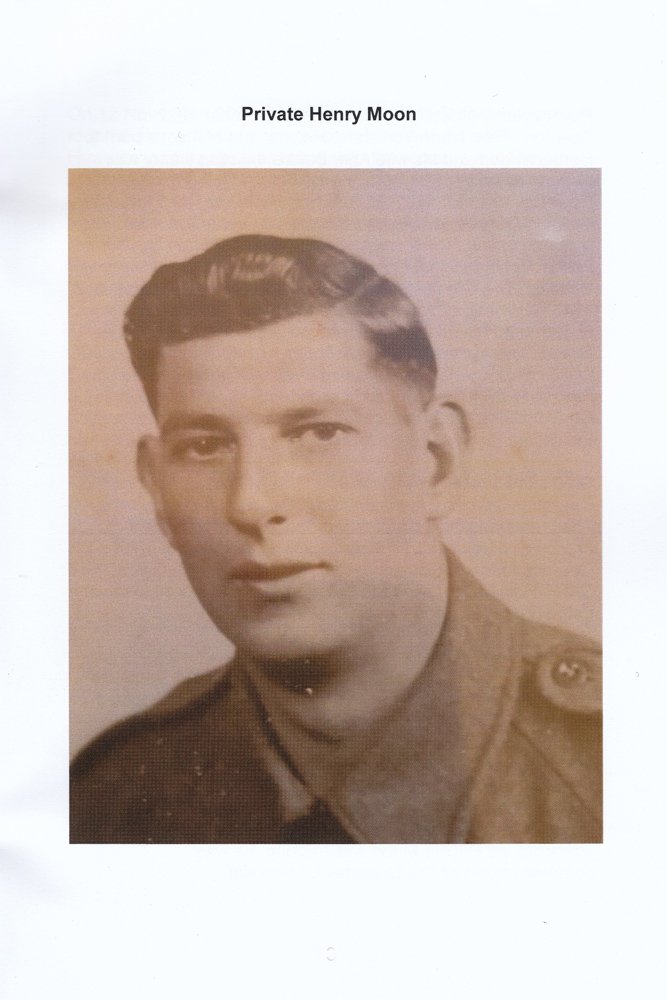
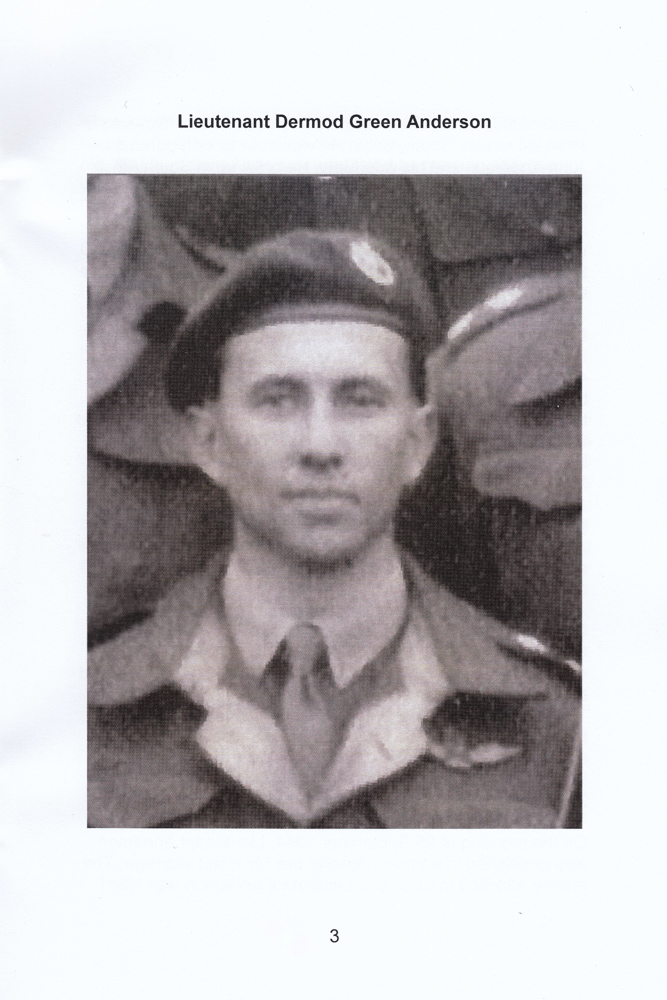
Private Henry Moon was born in 1922 in Speeton, a seaside village in North Yorkshire. He was a bachelor and an apprentice carpenter by trade. He served in the Yorkshire Regiment, also known as the Green Howards, since 1942. He sailed from North Africa with the 7th Battalion Green Howards and took part in the invasion of Sicily in 1943. Henry Moon was wounded but returned to his battalion two months later. In November 1943 he was back in England, where preparations for D-Day began; the Allied landings in Normandy. Henry Moon landed on Gold Beach on June 6, 1944 and fought his way through France and Belgium with his battalion. On September 17, 1944, they crossed the Dutch border as part of the ground offensive (Garden) to relieve the American, British and Polish airborne troops. At the end of September 1944, the 7th Battalion had taken positions north of Bemmel, in the Nijmegen bridgehead. Henry Moon was killed on October 1, 1944 during a German mortar attack. He was reported missing. His field grave was found during road widening work along the A15 motorway. Henry was identified through his cousin David's DNA. He was buried by a detachment of The Yorkshire Regiment.
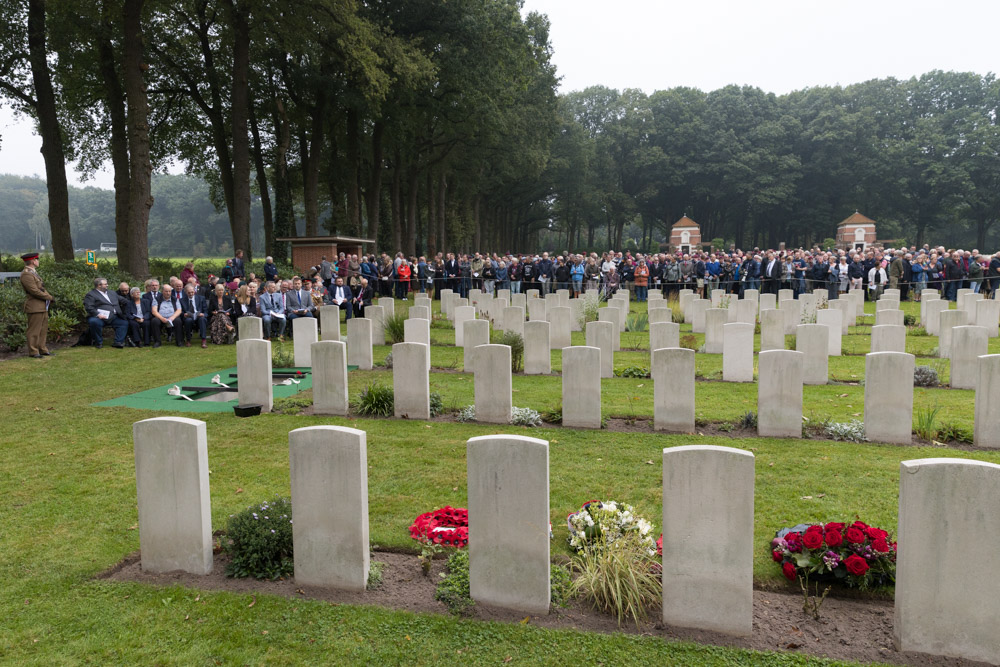
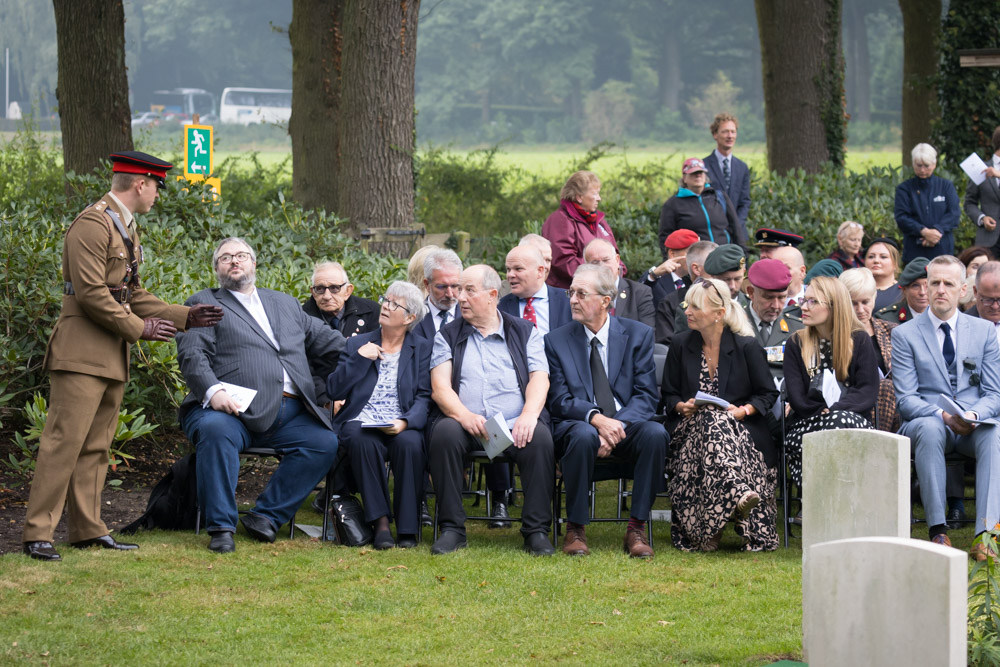
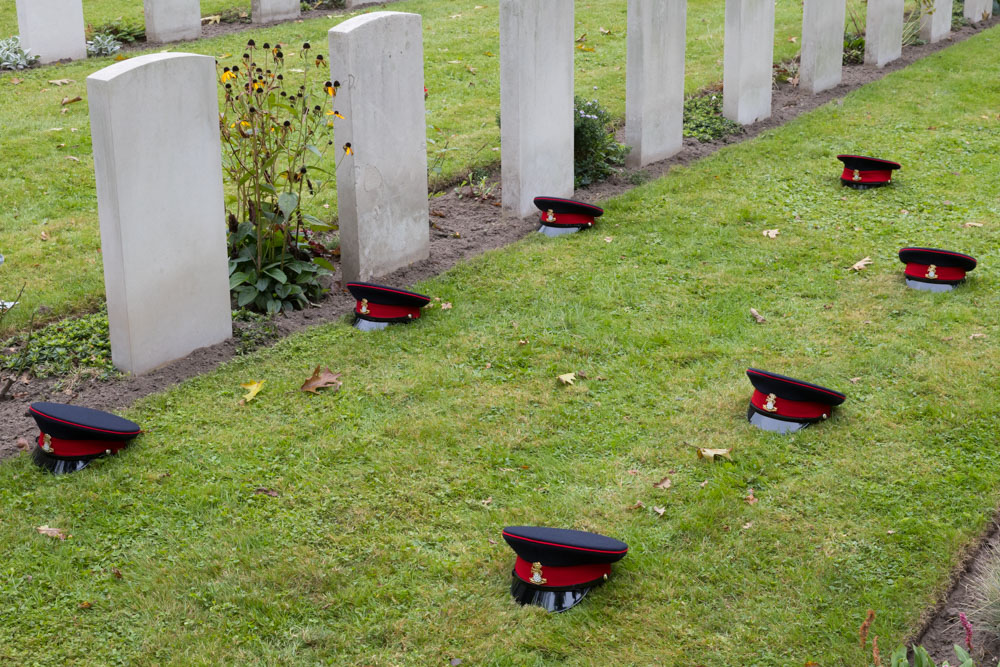
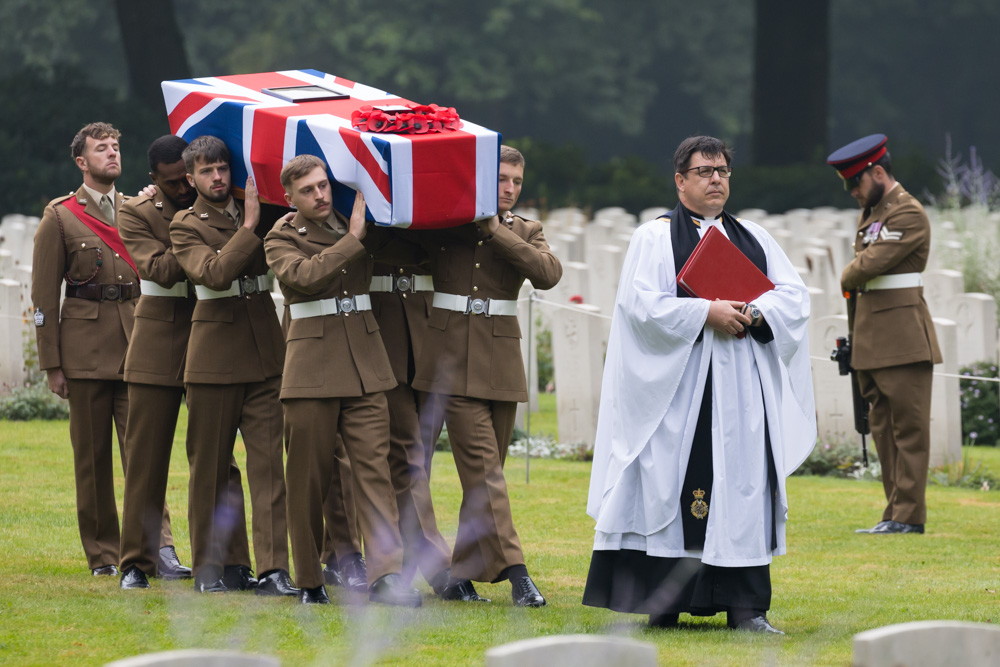
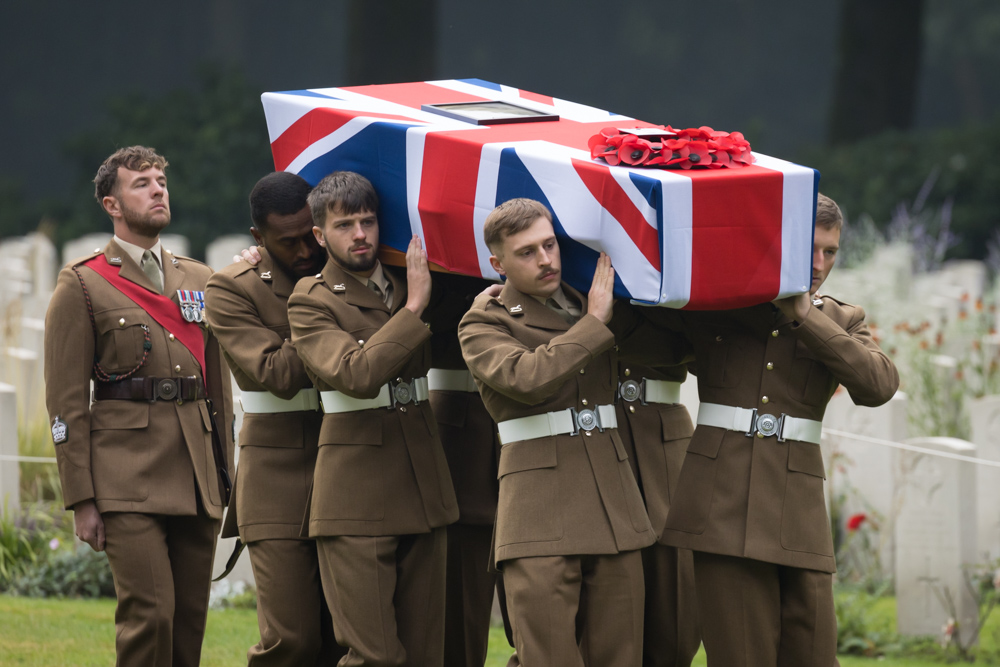
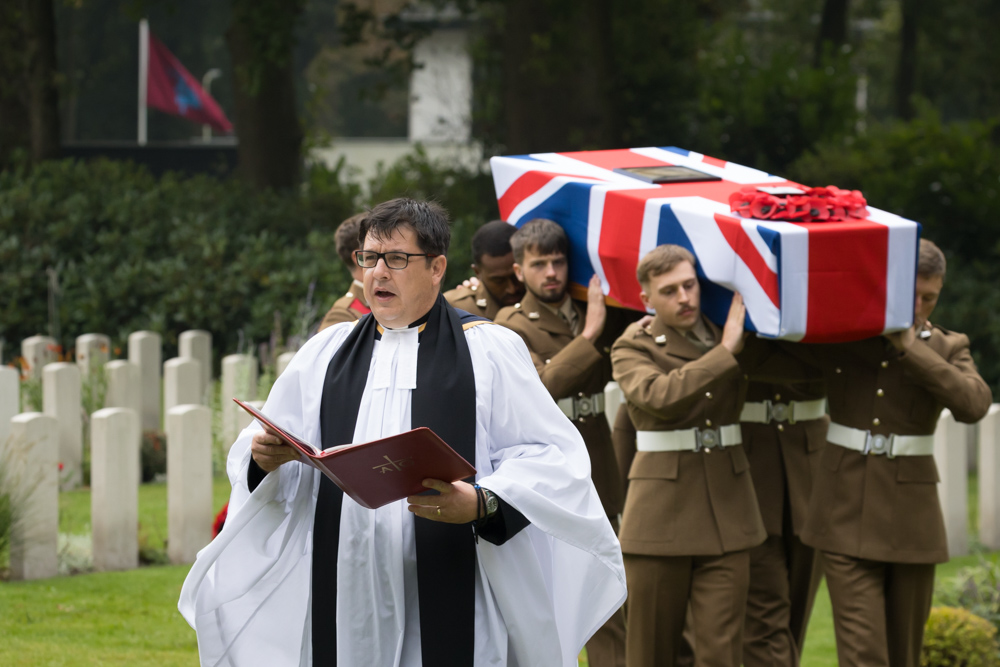
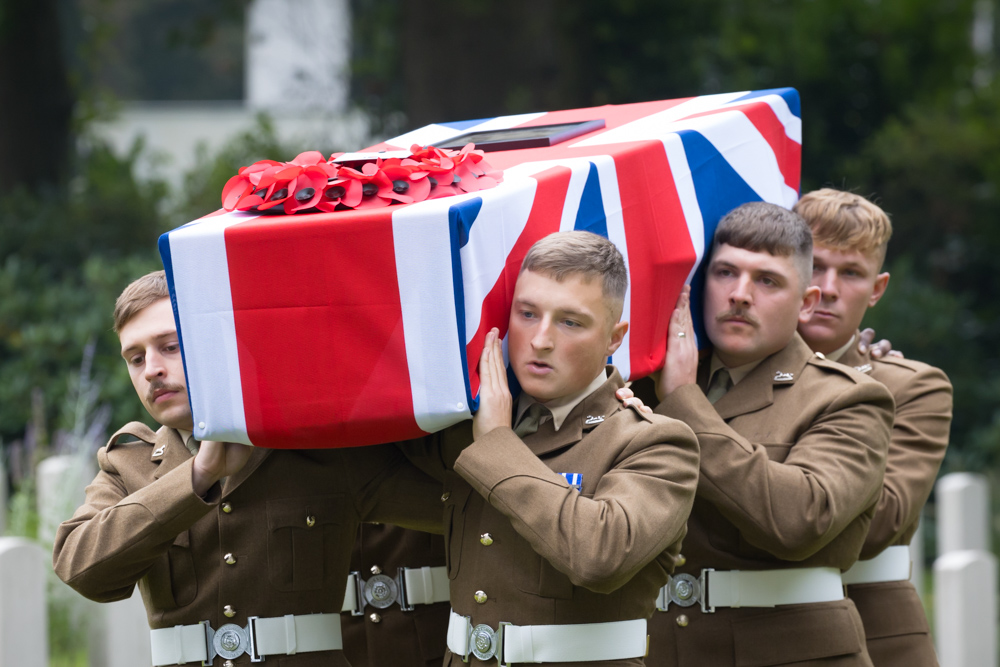
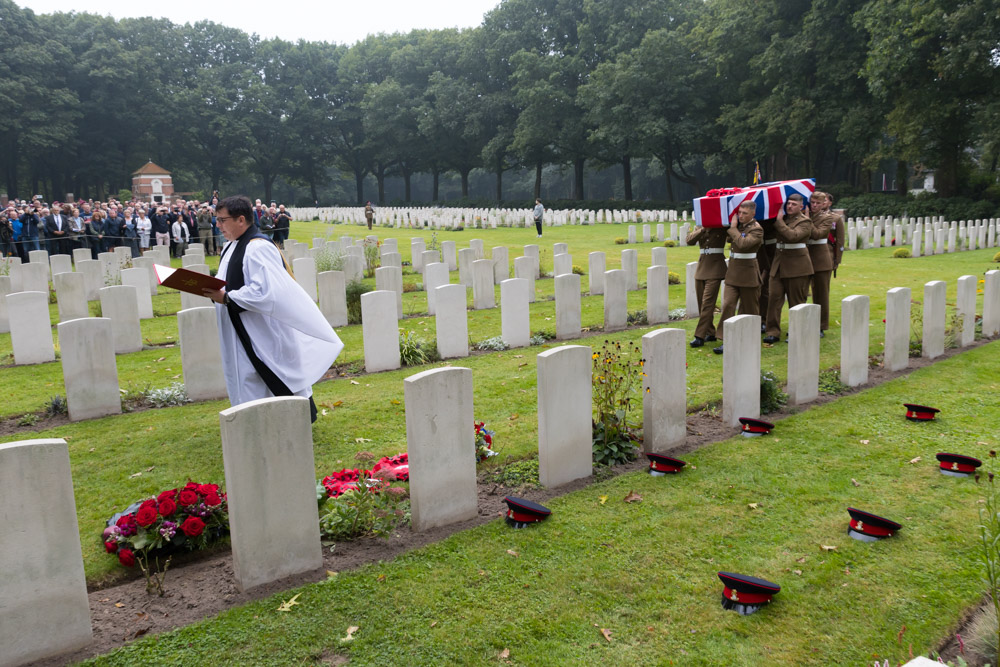
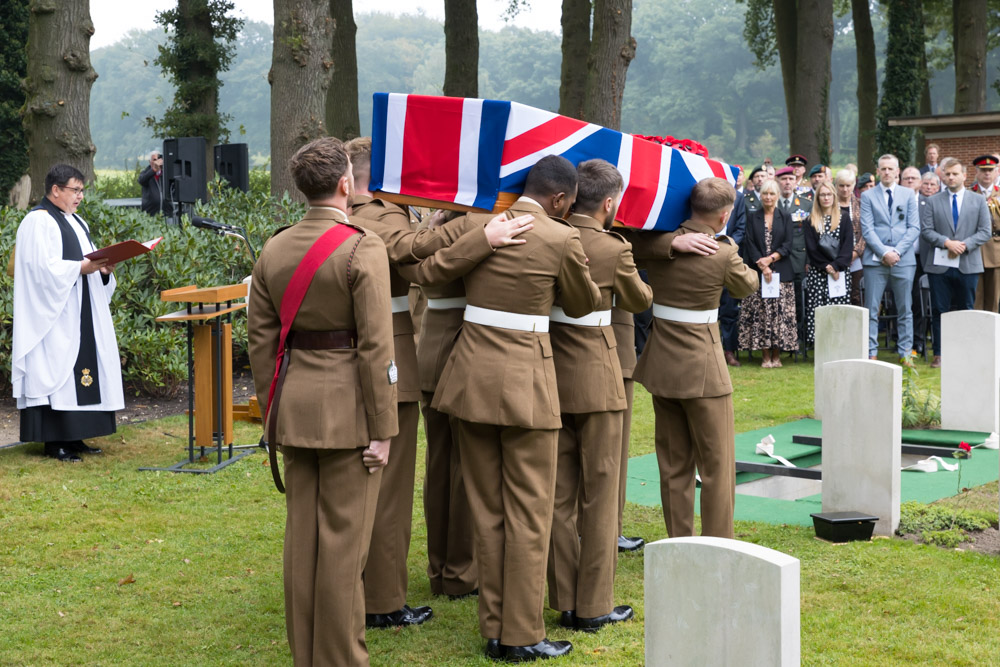
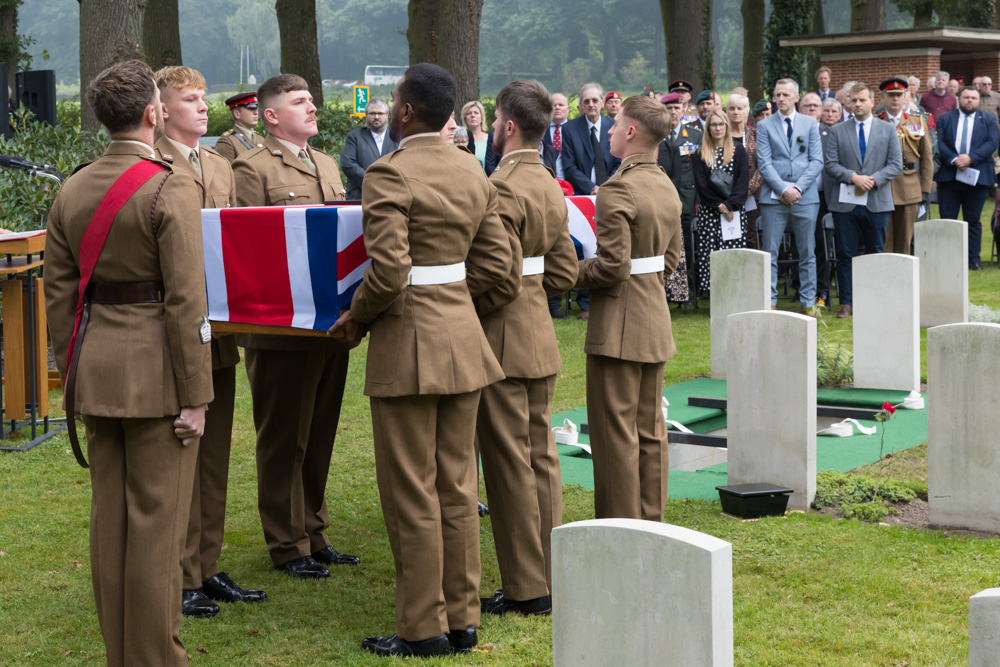
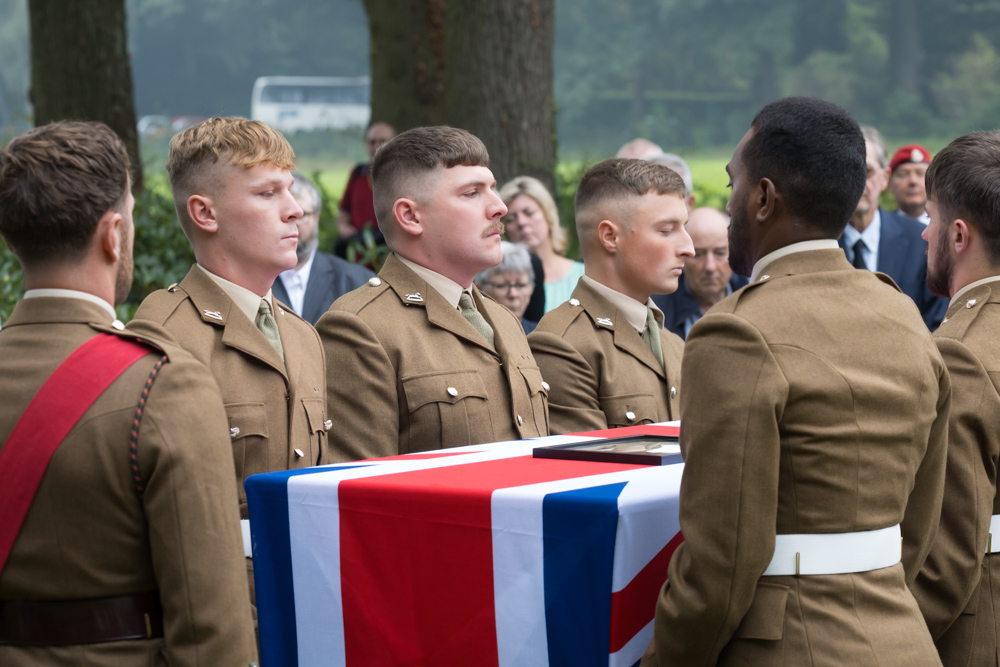
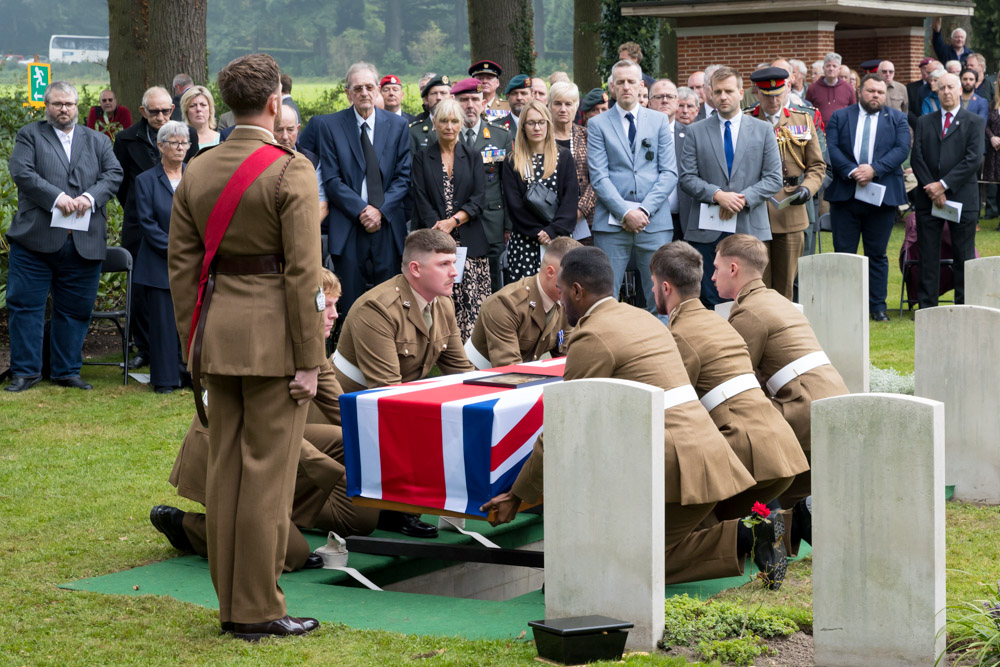
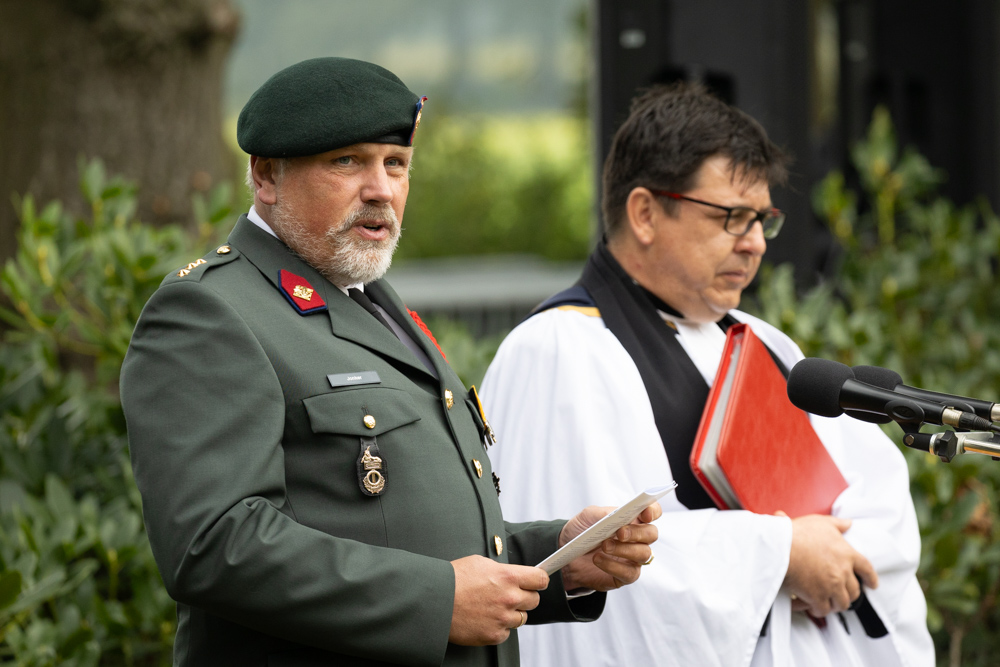
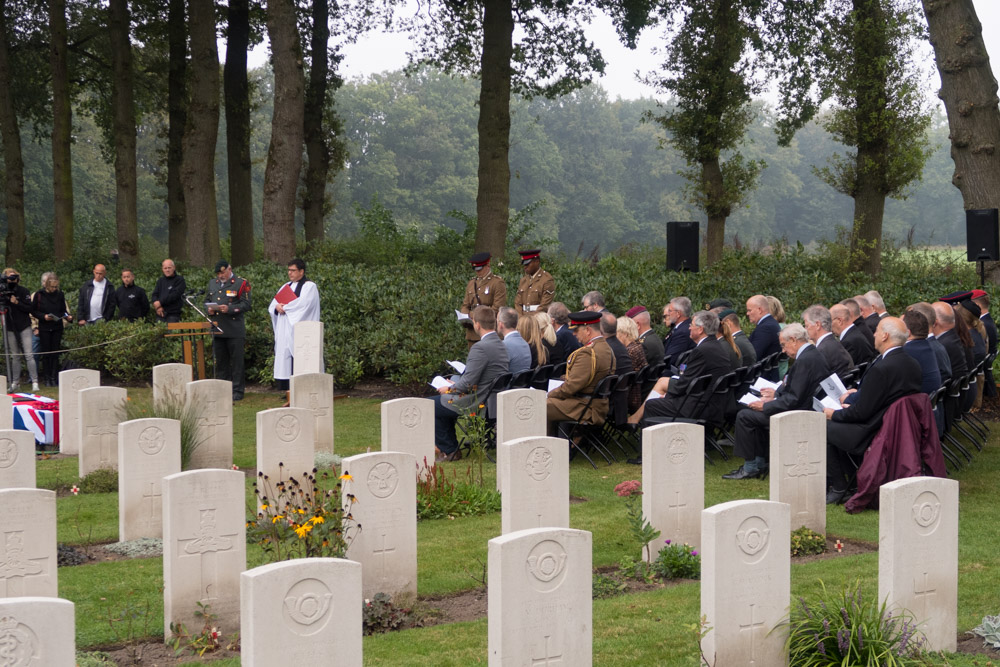
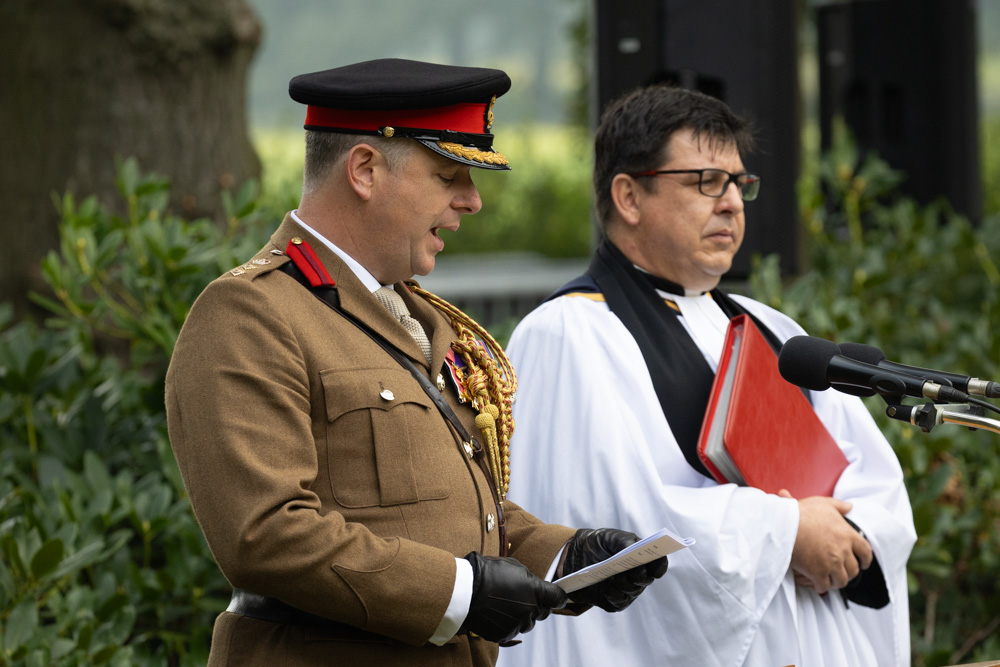
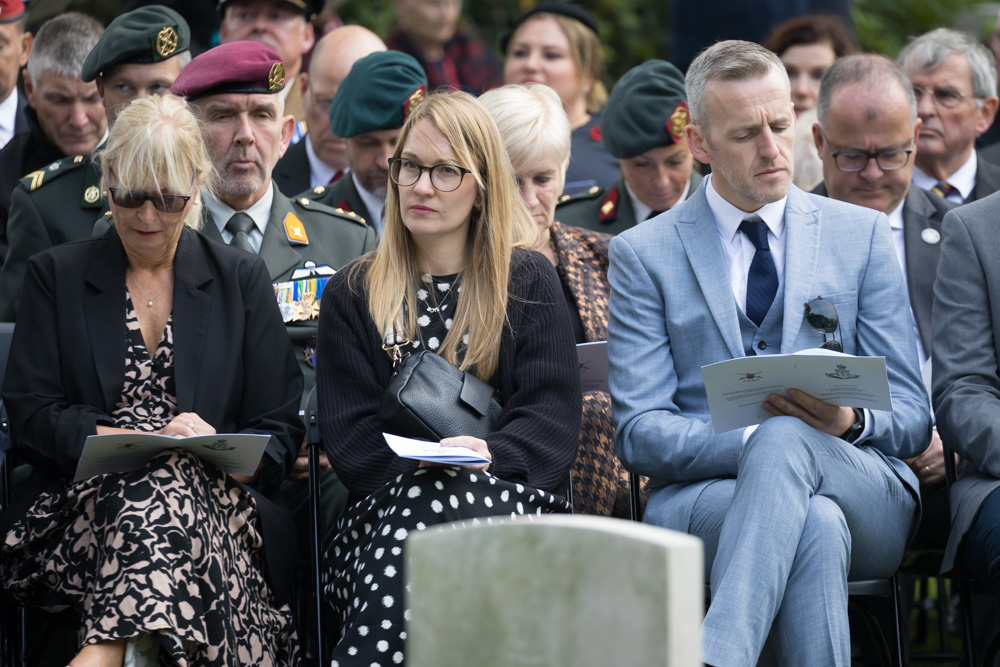
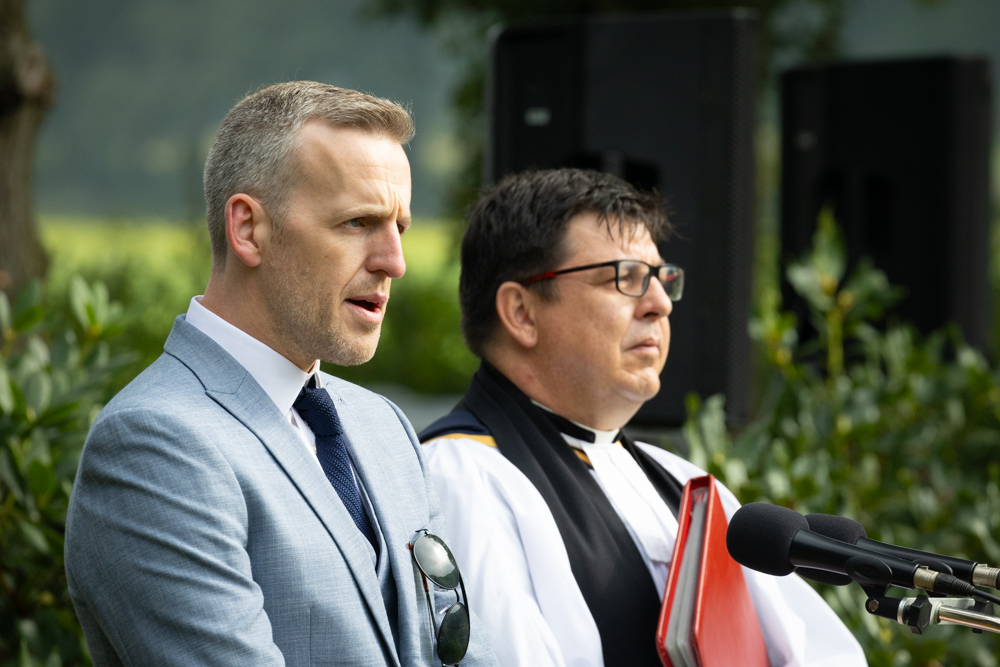
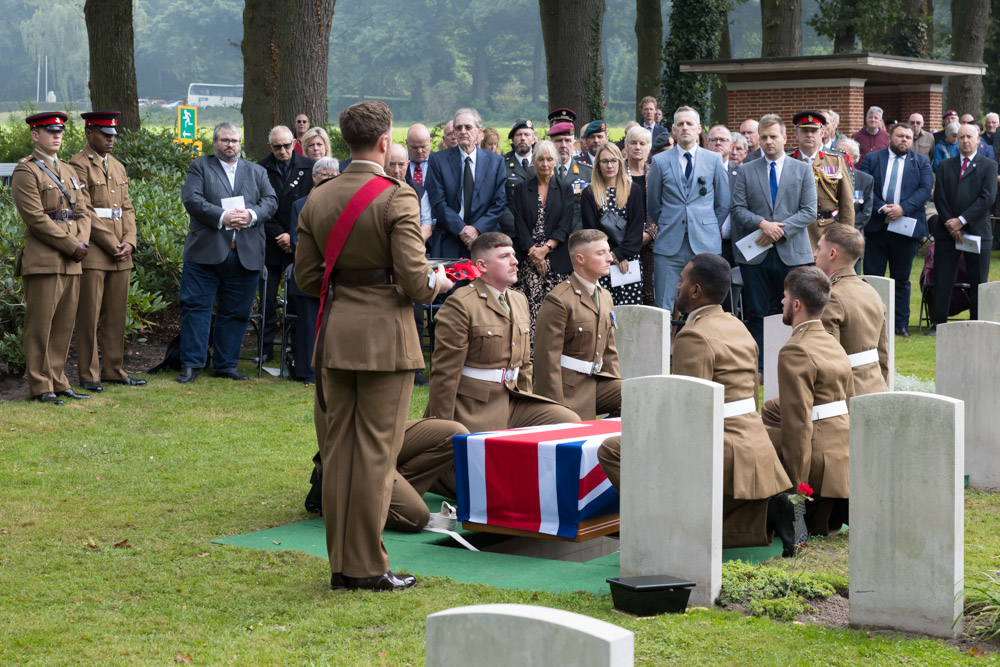
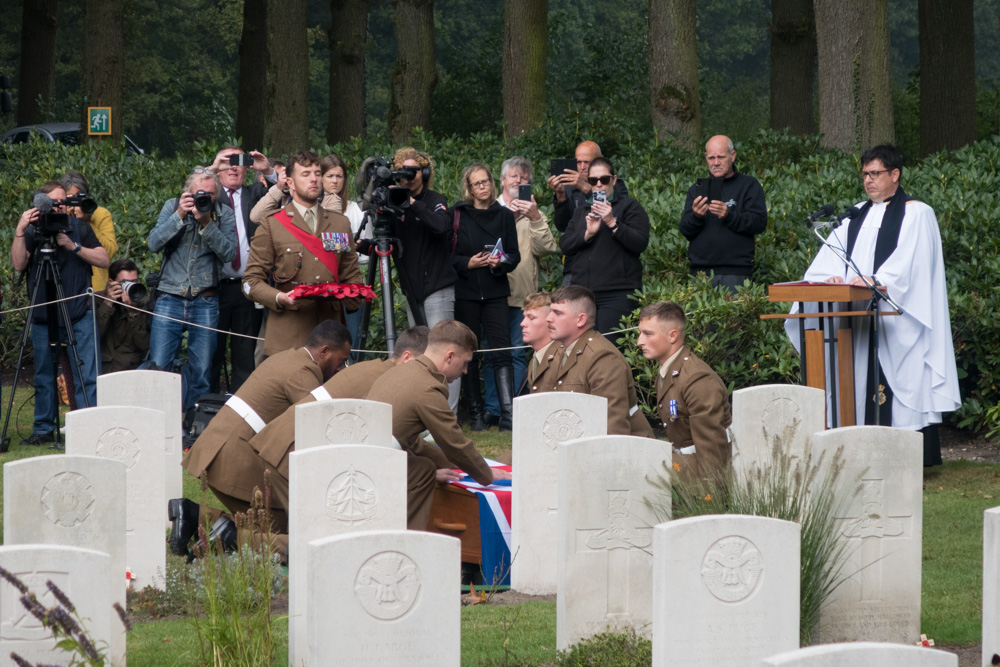
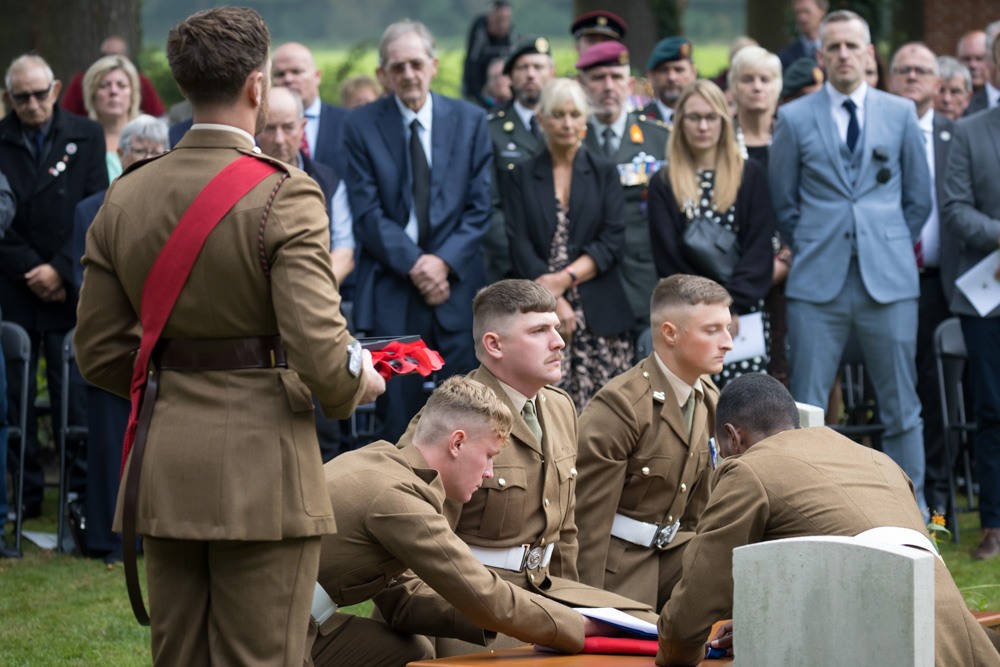
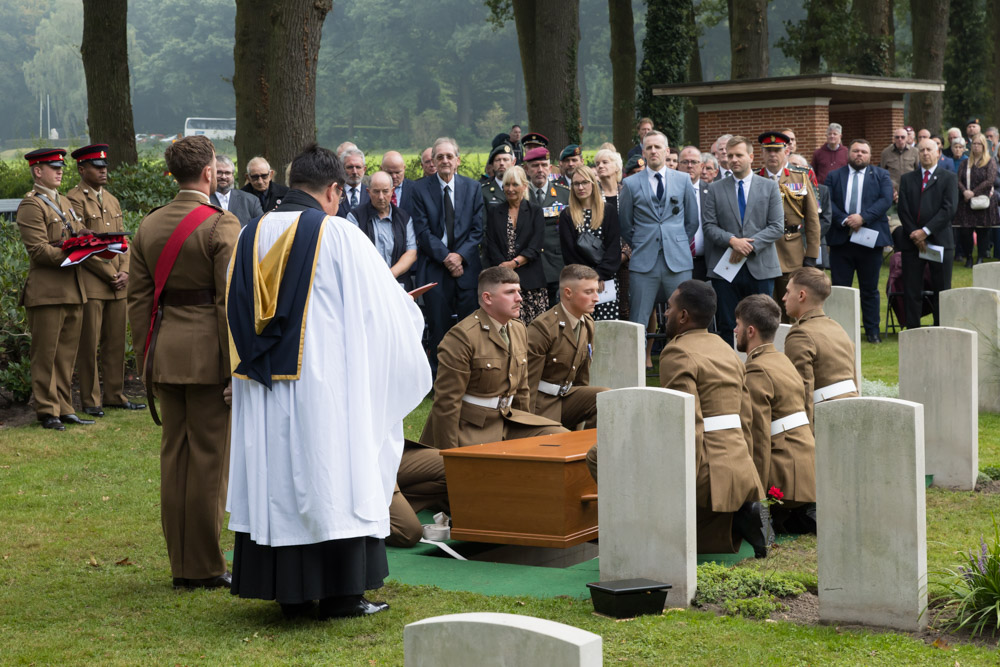
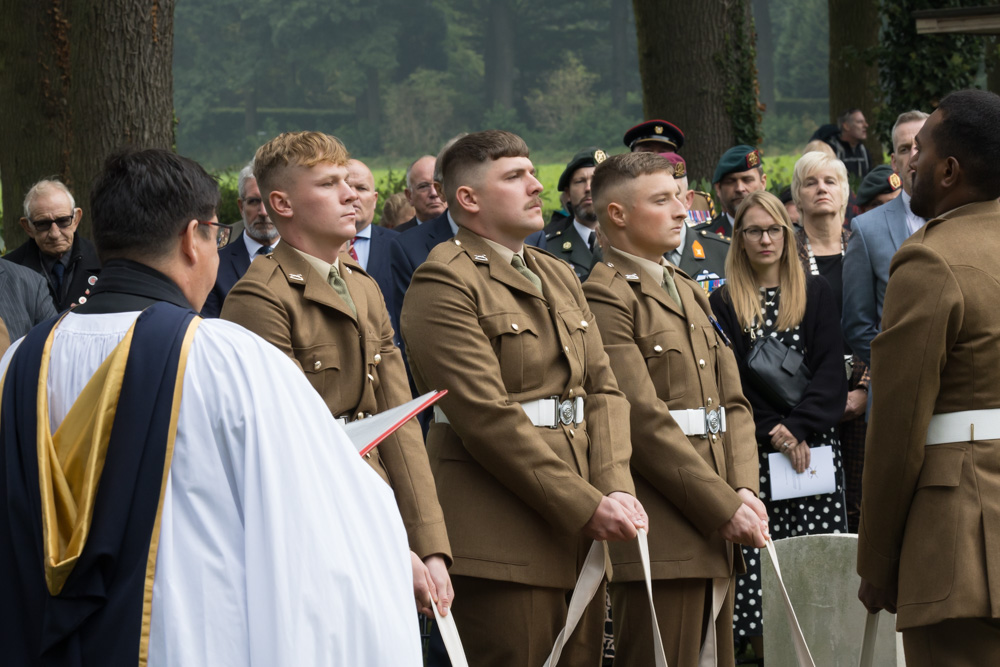
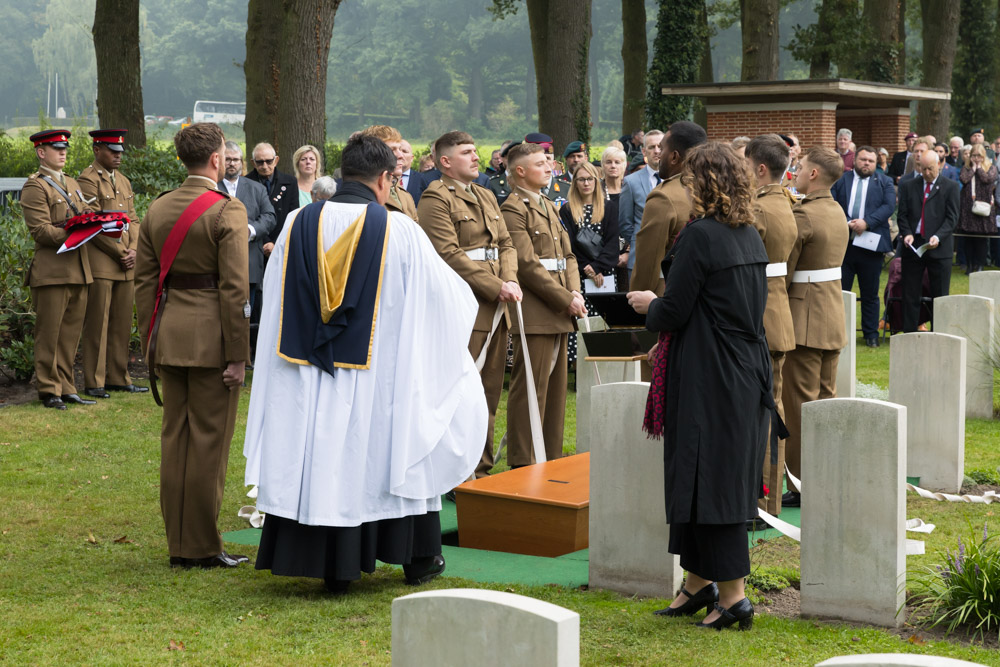
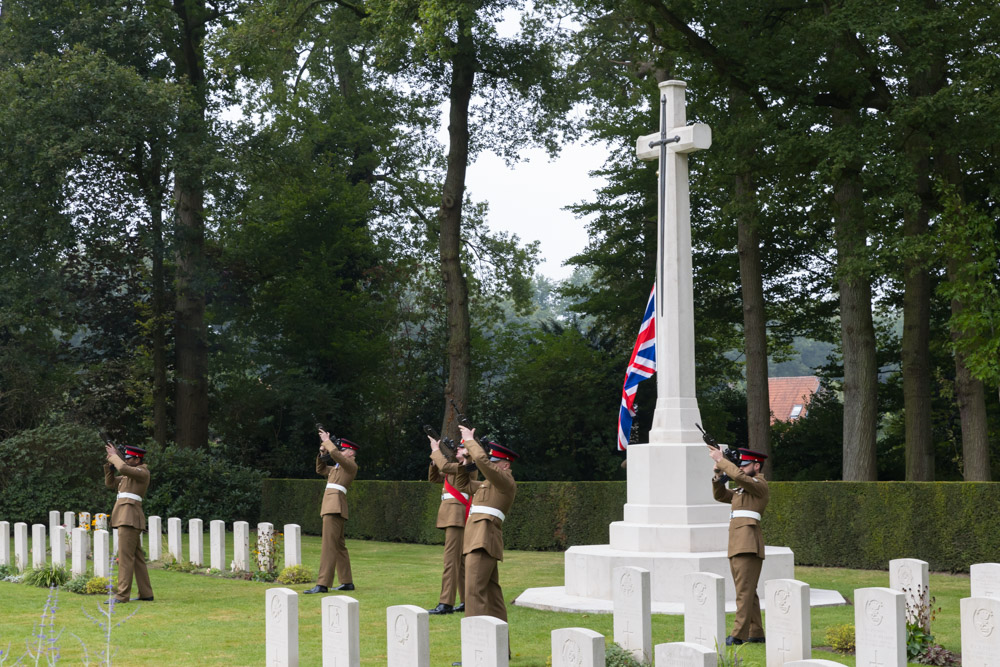
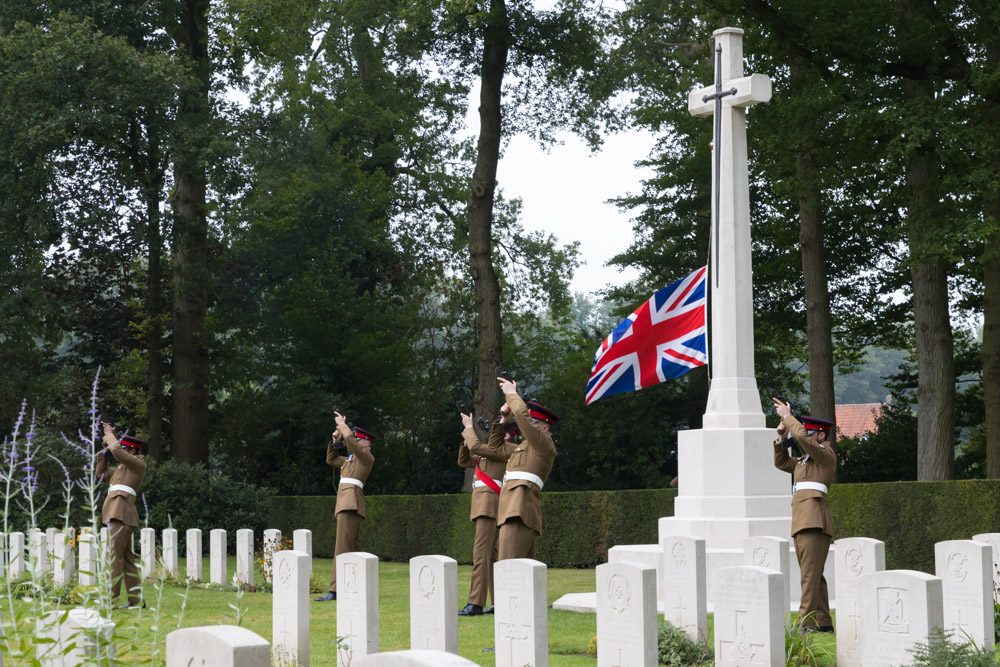
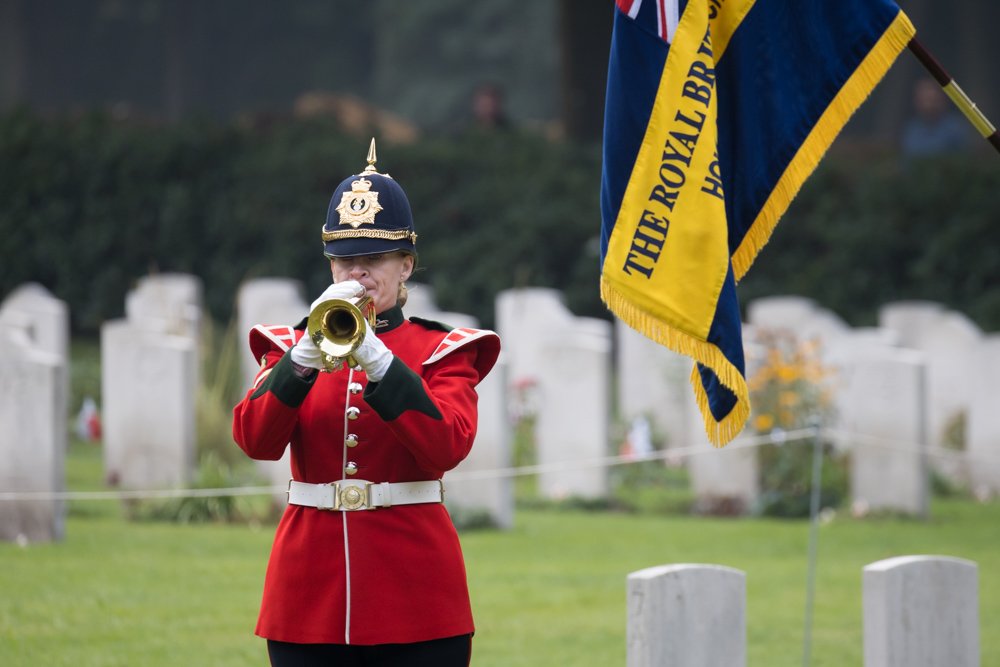
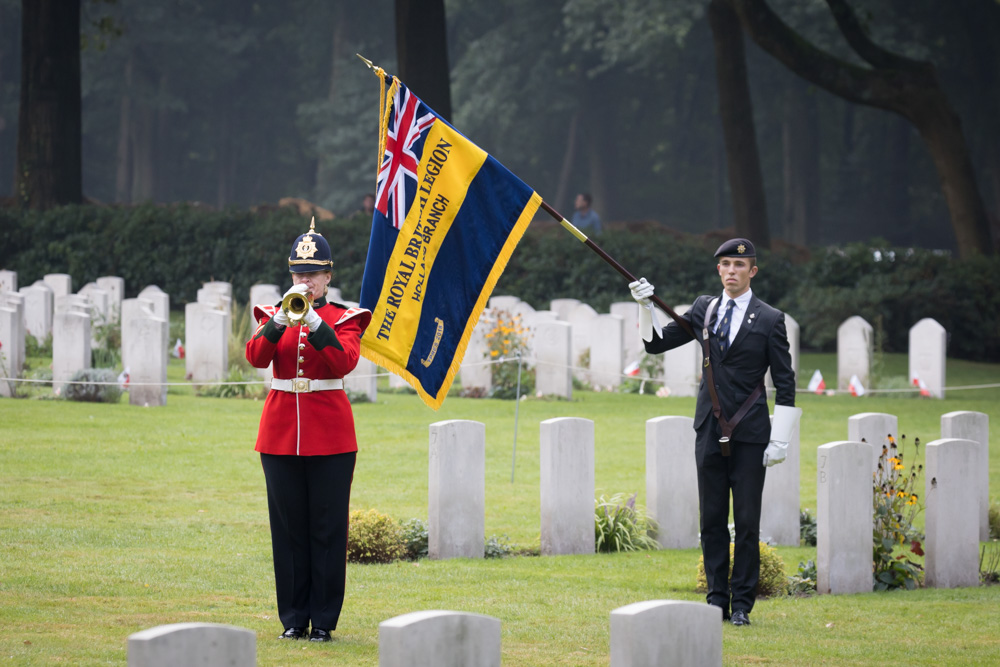
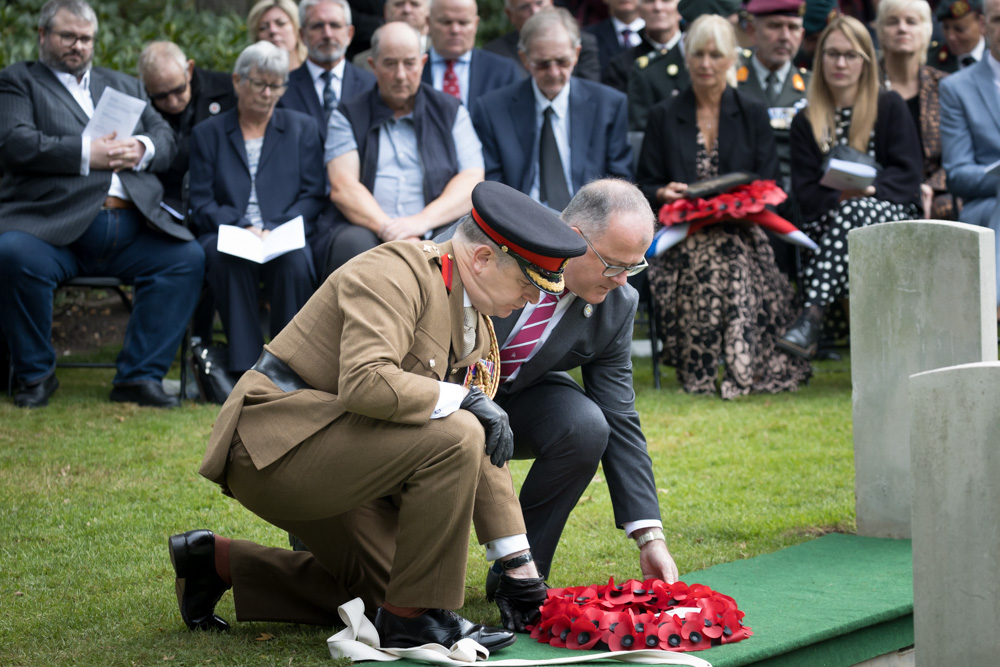
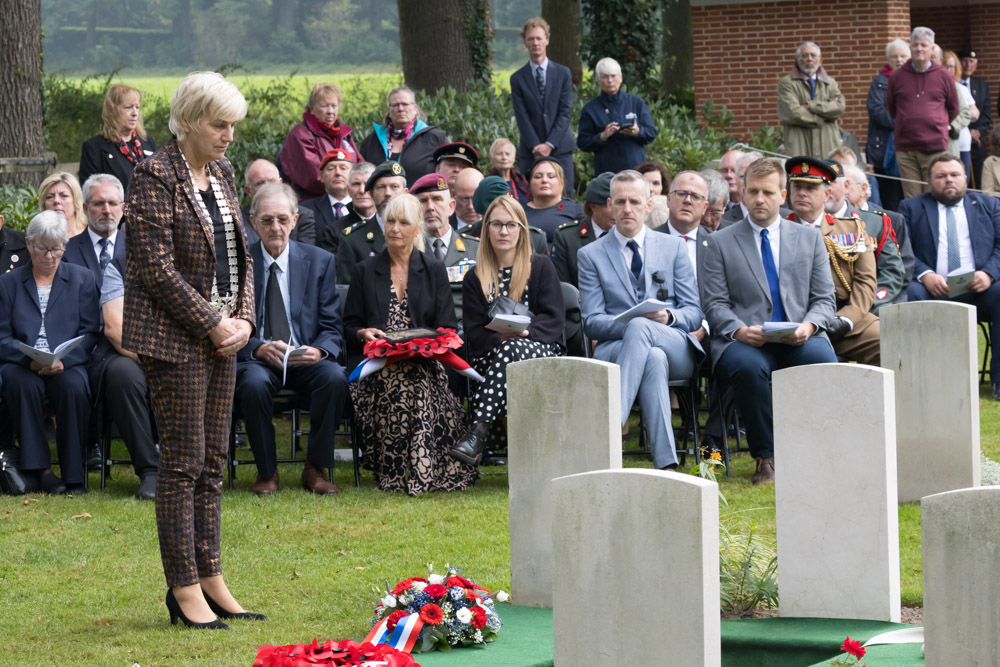
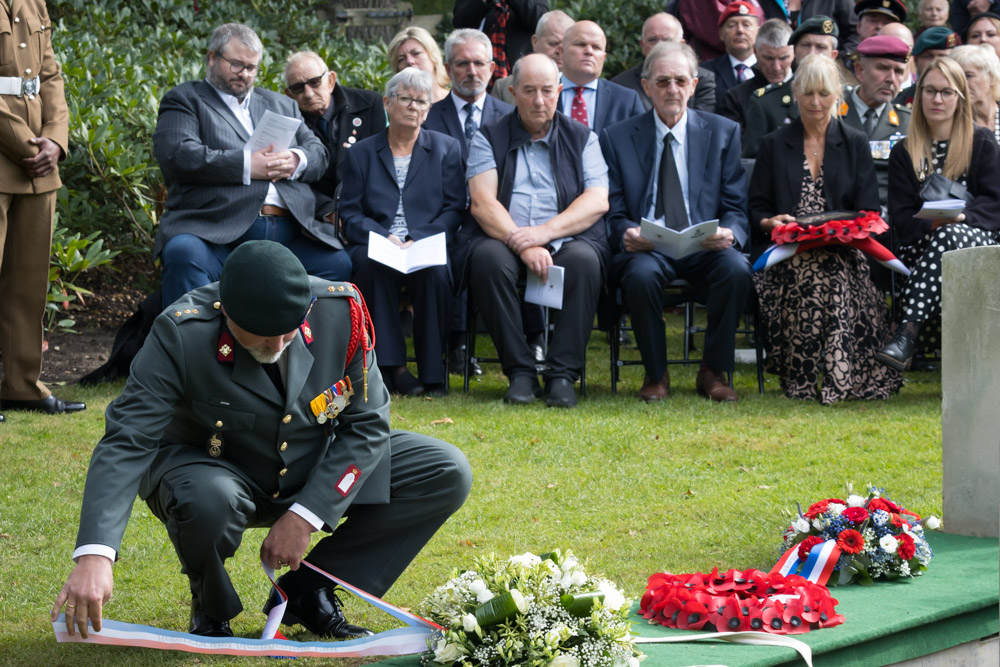
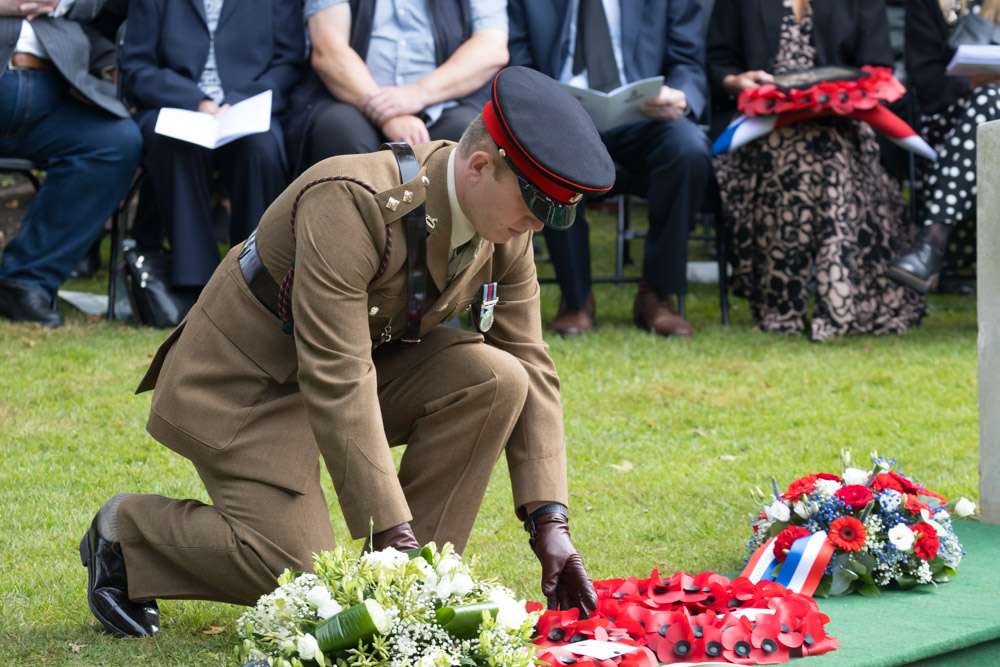
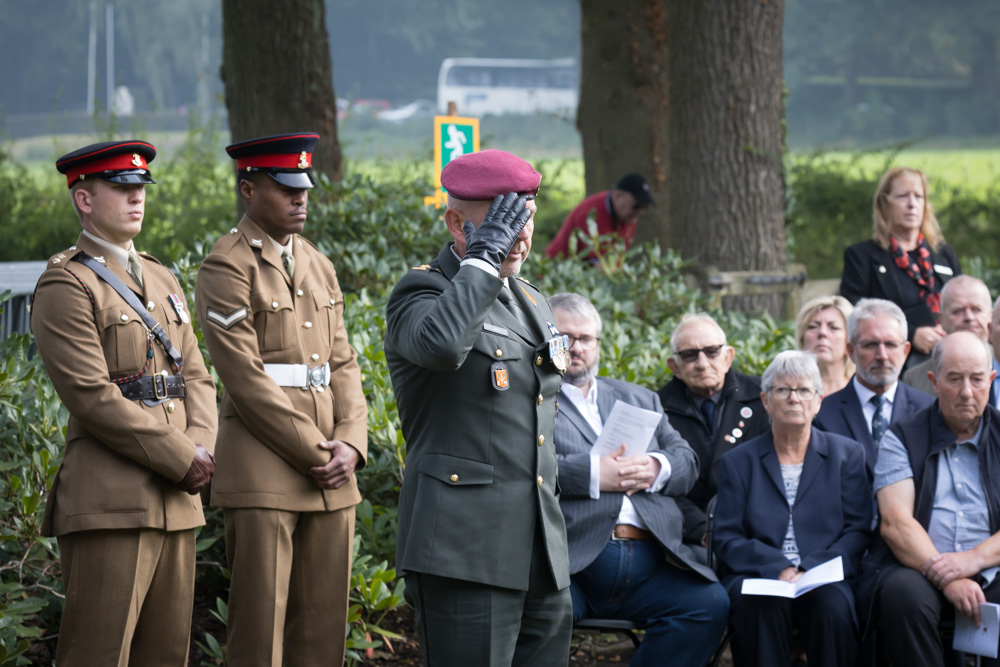
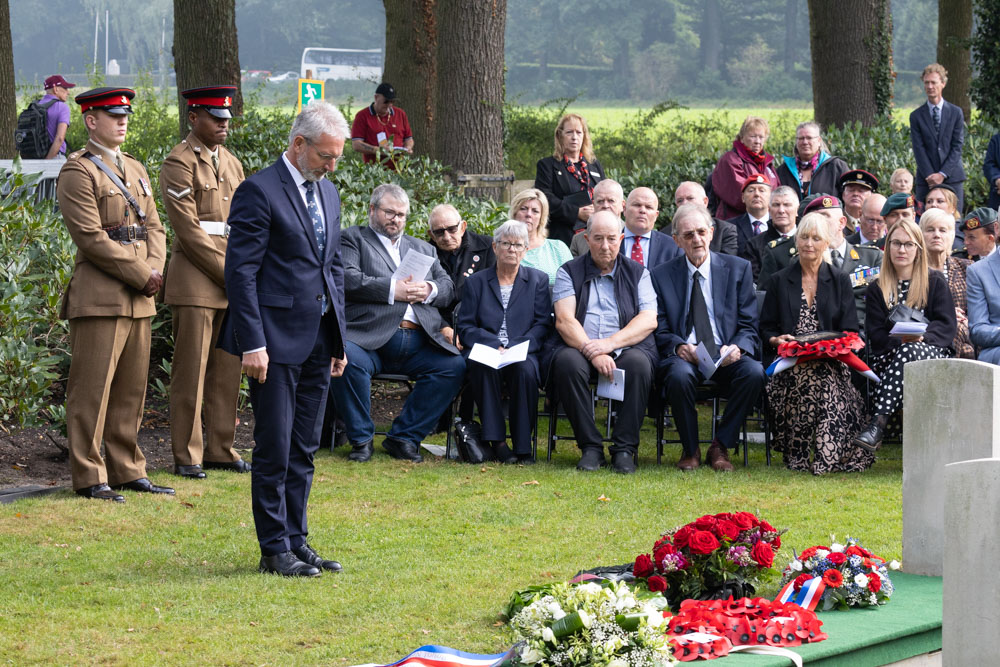
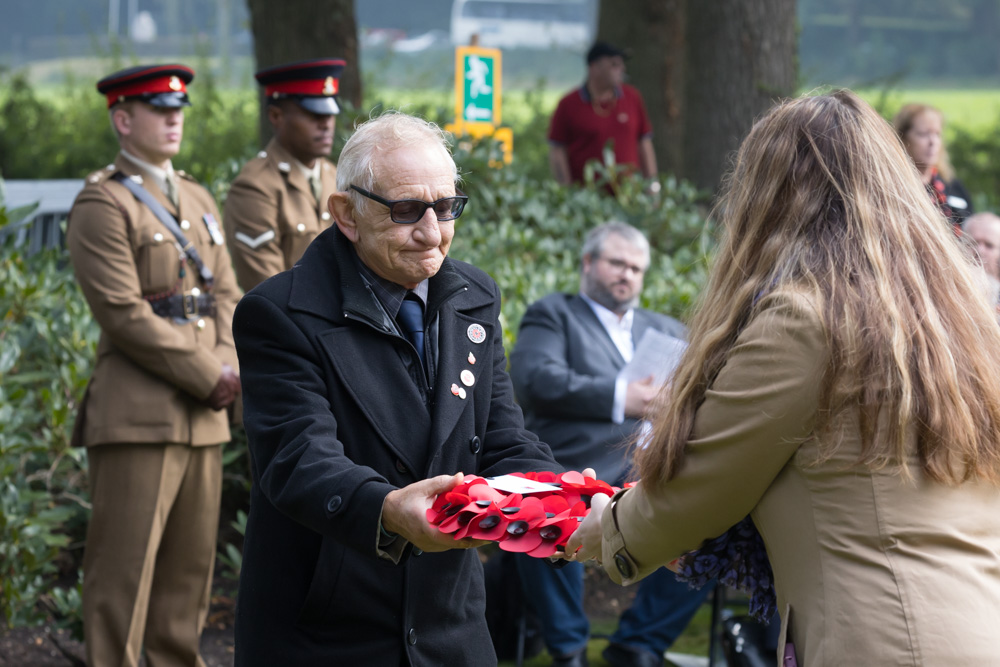
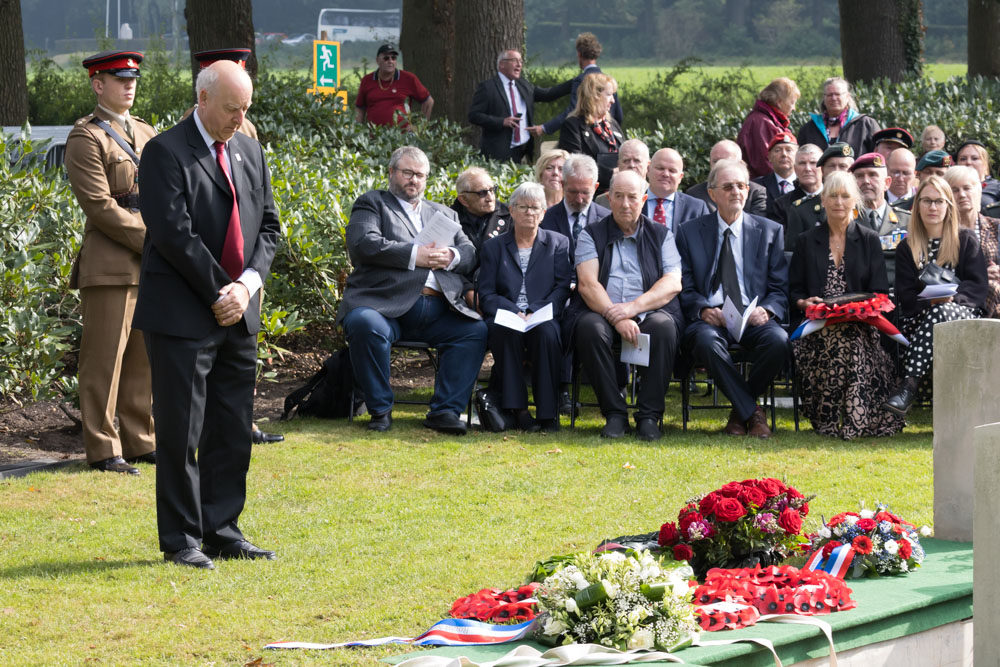
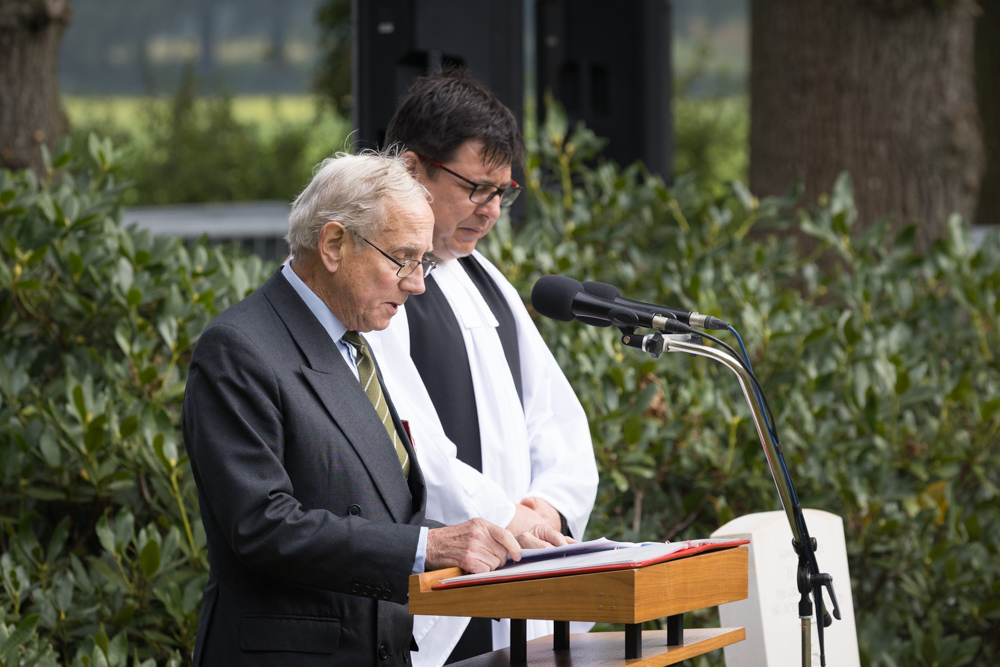
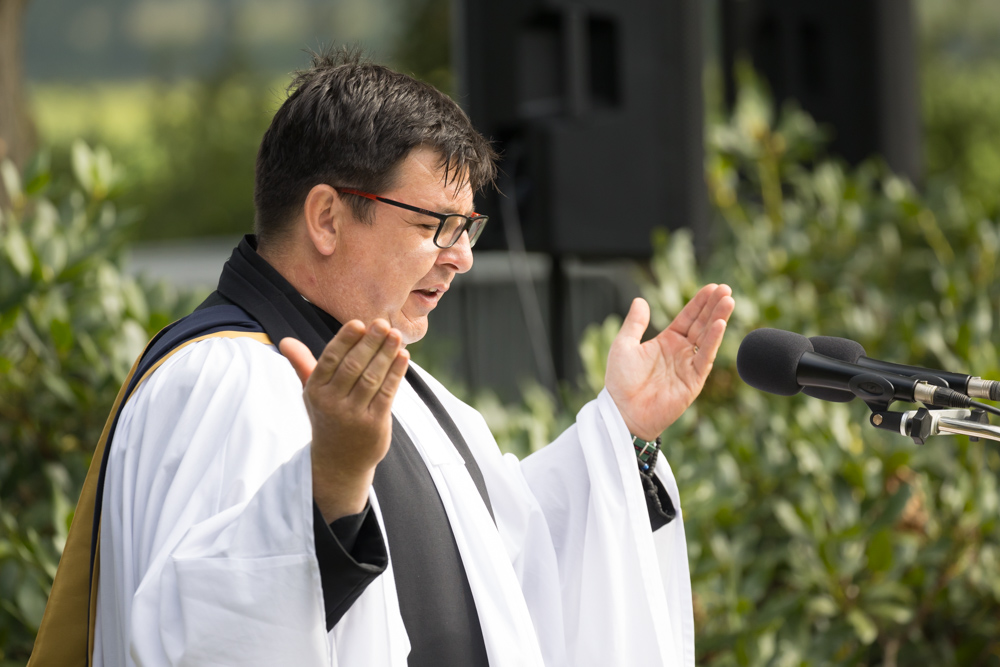
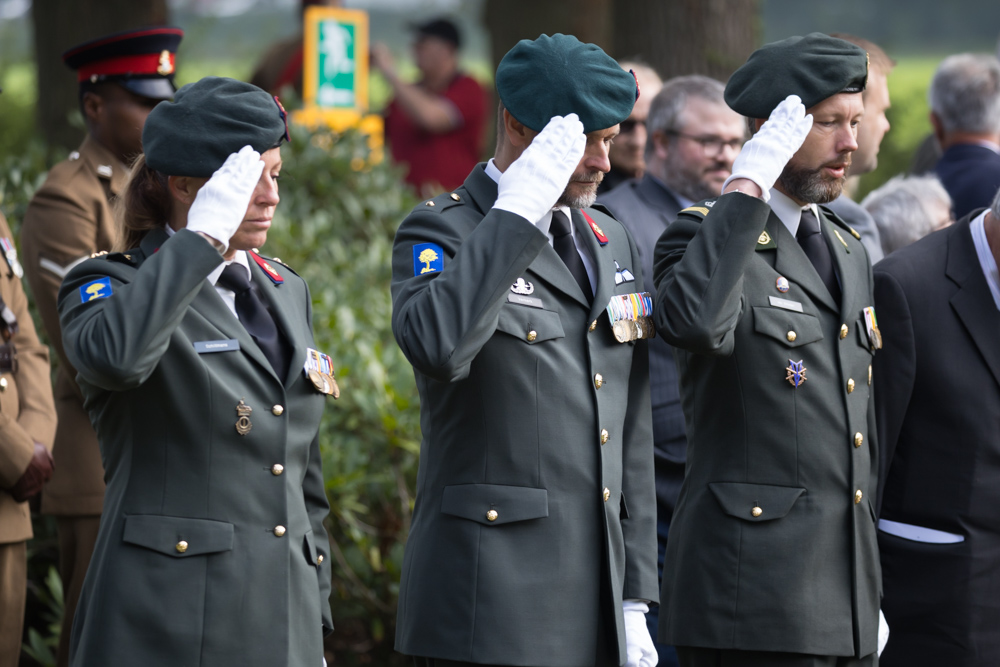
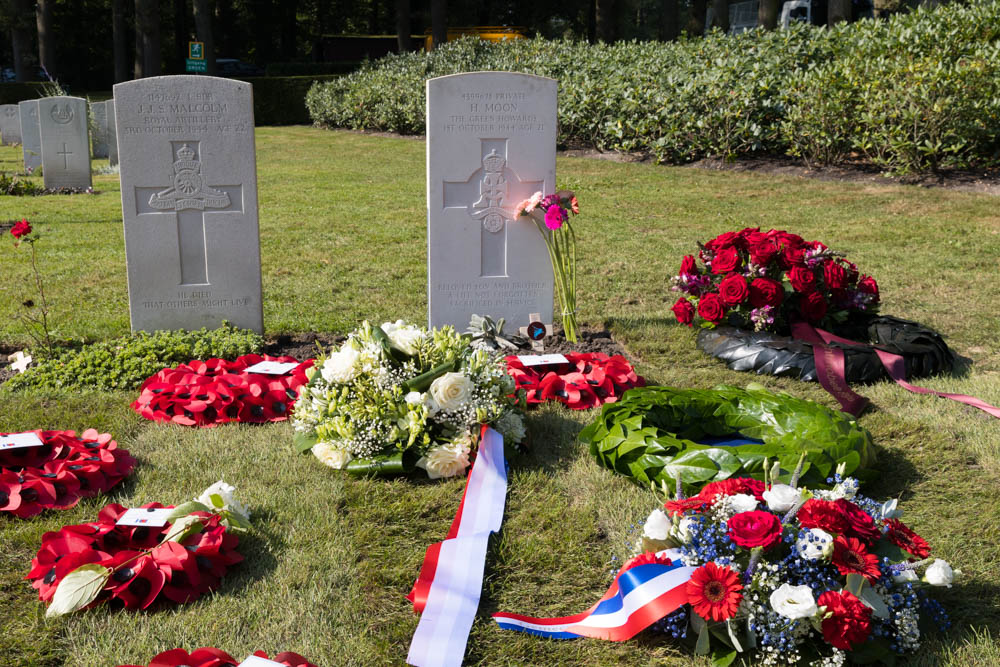
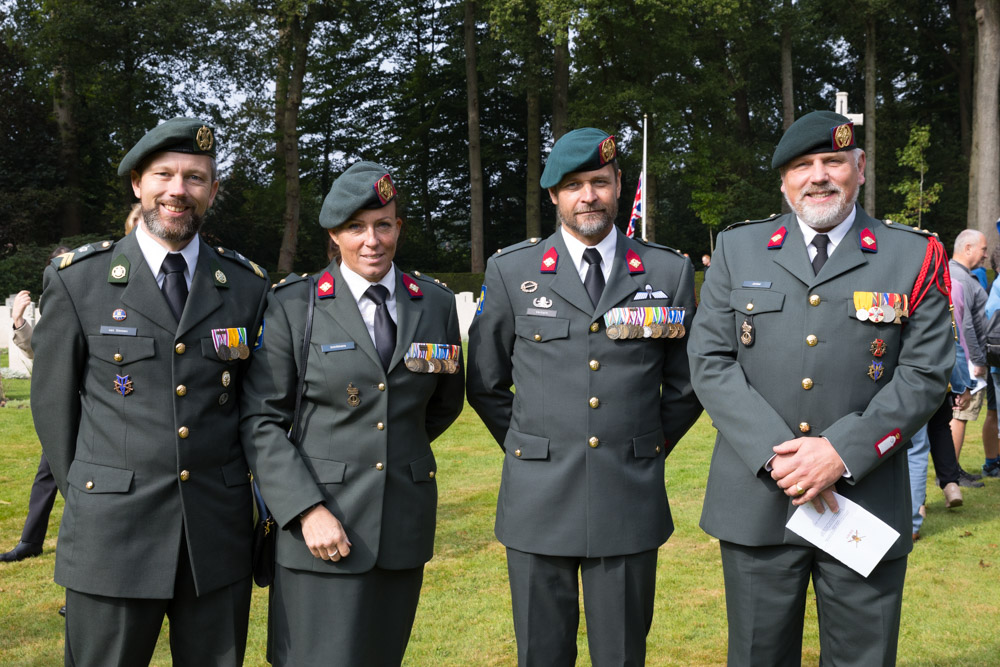
The team of the Recovery and Identification Service of the Royal Netherlands Army.
Lieutenant Dermod Anderson was born in Natal, South Africa in 1914 and attended the University of Cape Town. In the 1930s he left for England to study architecture. In 1940, while working as an assistant to Sir Edward Lutyens (the chief architect of the Imperial War Commission) and shortly after his marriage to his wife Carol, he was commissioned into the Gloucester Regiment. But actually Dermod just wanted to fly. In April 1942 he began training as a glider pilot with the newly formed Glider Pilot Regiment. After training on various aircraft, he was posted to B Squadron of the 1st Wing in early 1944. Dermod flew a glider with troops to Normandy on D-Day and returned to England unscathed by ship. On September 18, 1944, Dermod Anderson landed his glider at Wolfheze. He and his passengers moved to Oosterbeek, where they took up positions near the old church. Here he was killed on September 25, 1944 by a German mortar shell that hit close to his trench. In a letter to Dermod's wife, his commander praised him for his courage. He had managed to bring in the wounded in a jeep under heavy enemy fire. It has now become clear that Dermod was buried in his trench at the time. He was reported missing after the battle. His remains were found during a field survey in the area of ??the old church, to locate lost field graves - with special permission from the local council. Lieutenant Dermod Anderson was identified through the DNA of his second cousin Julian. An Army Air Corps detachment performed the burial ceremony.
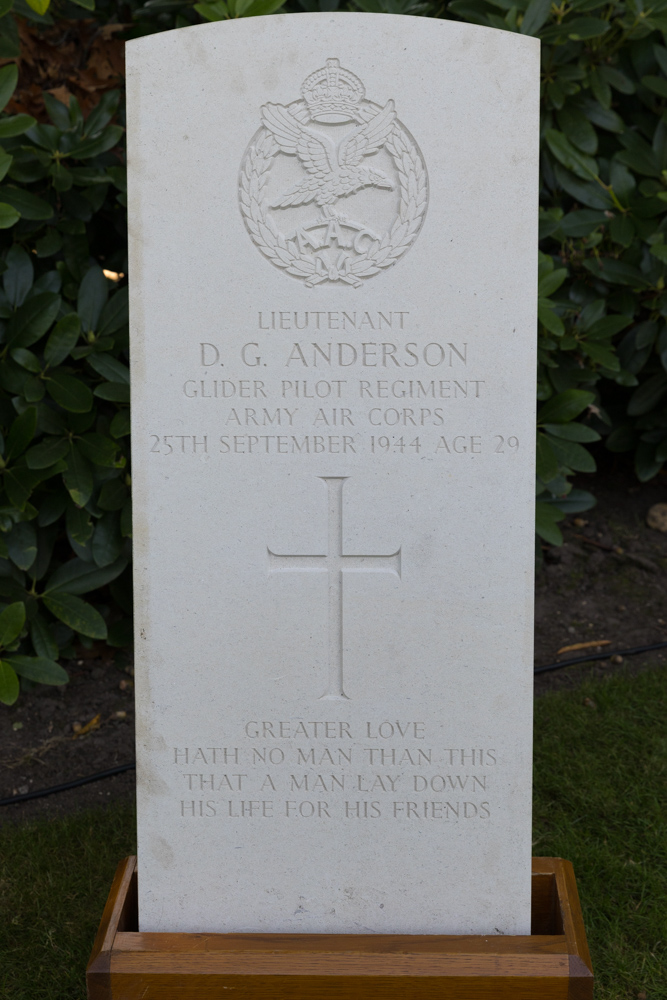
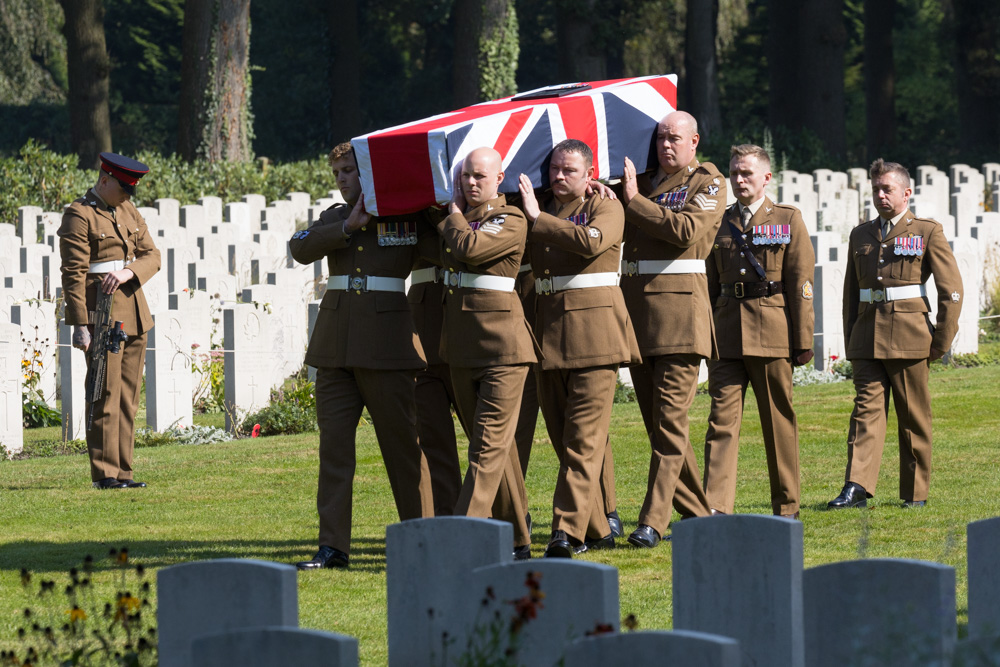
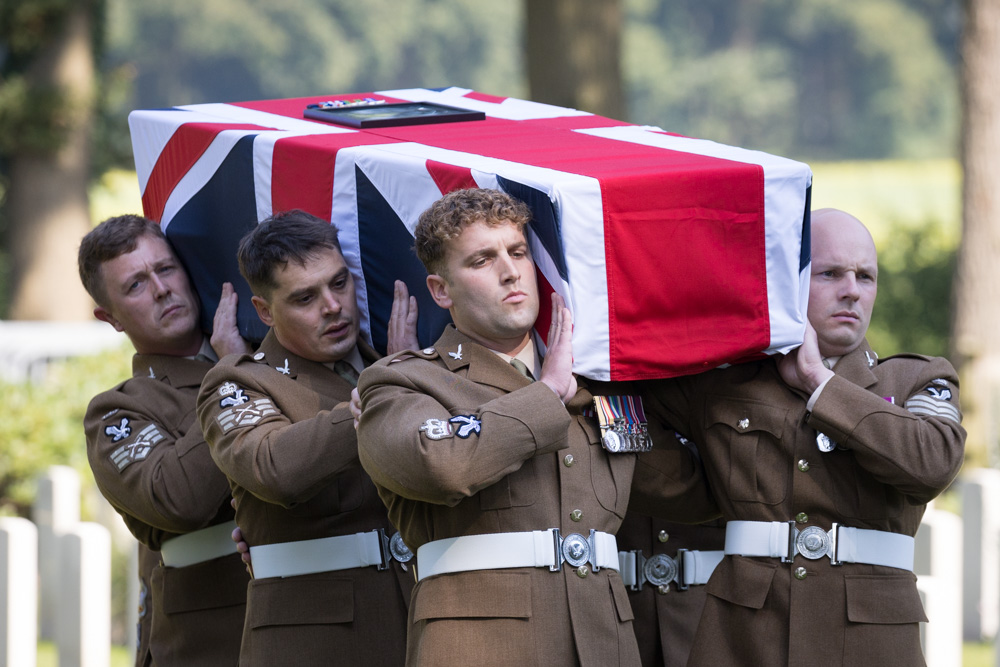
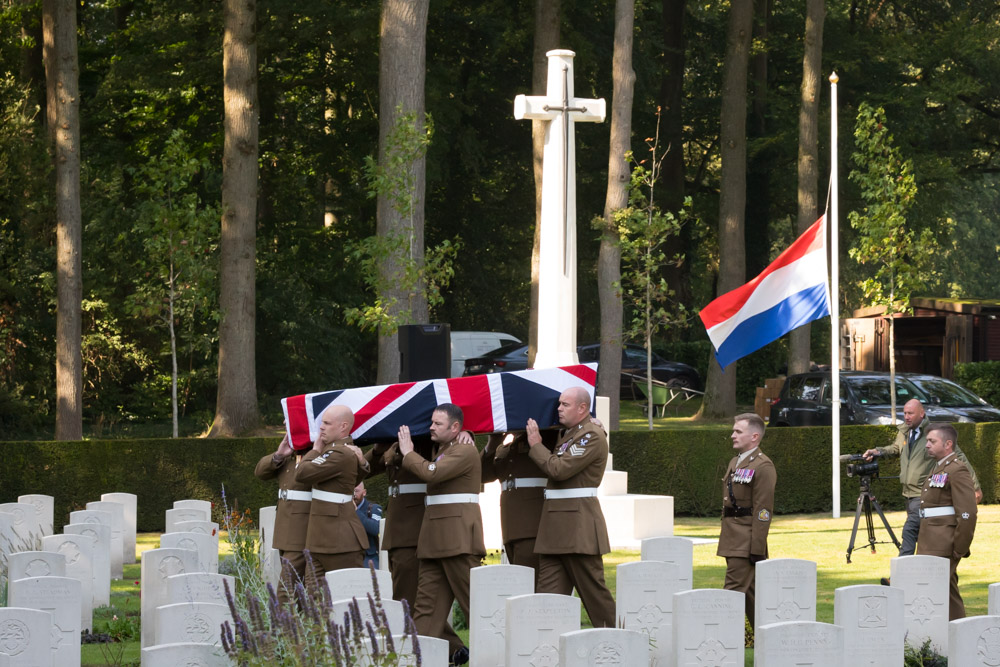
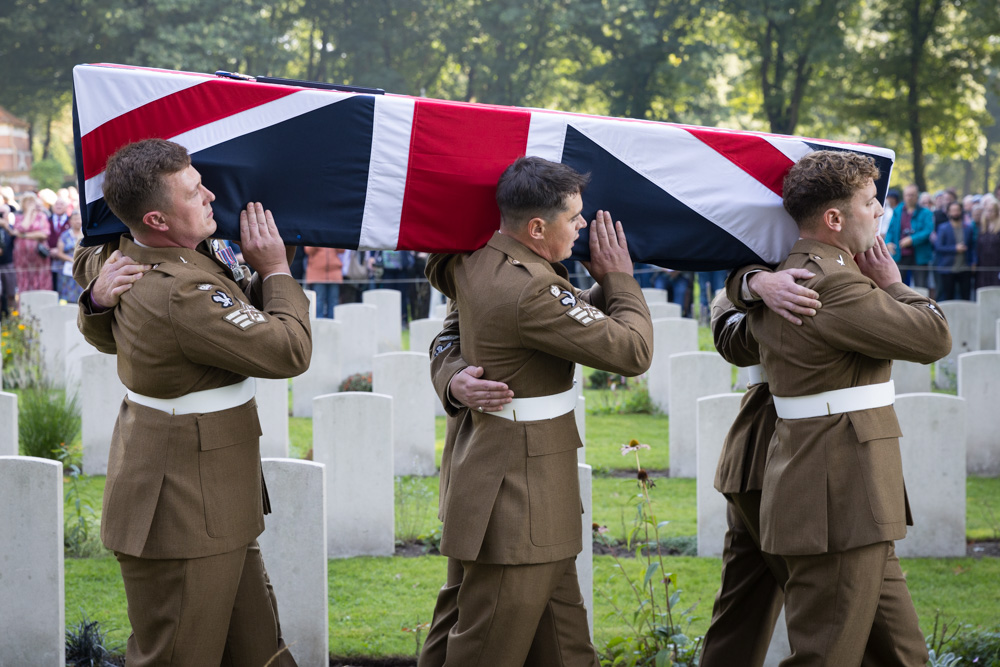
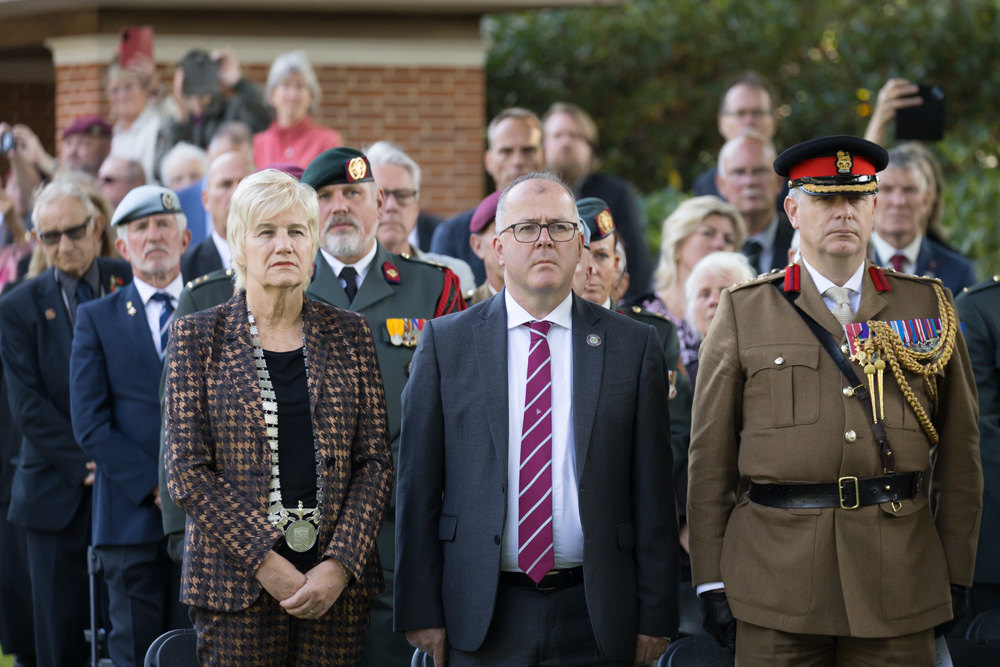
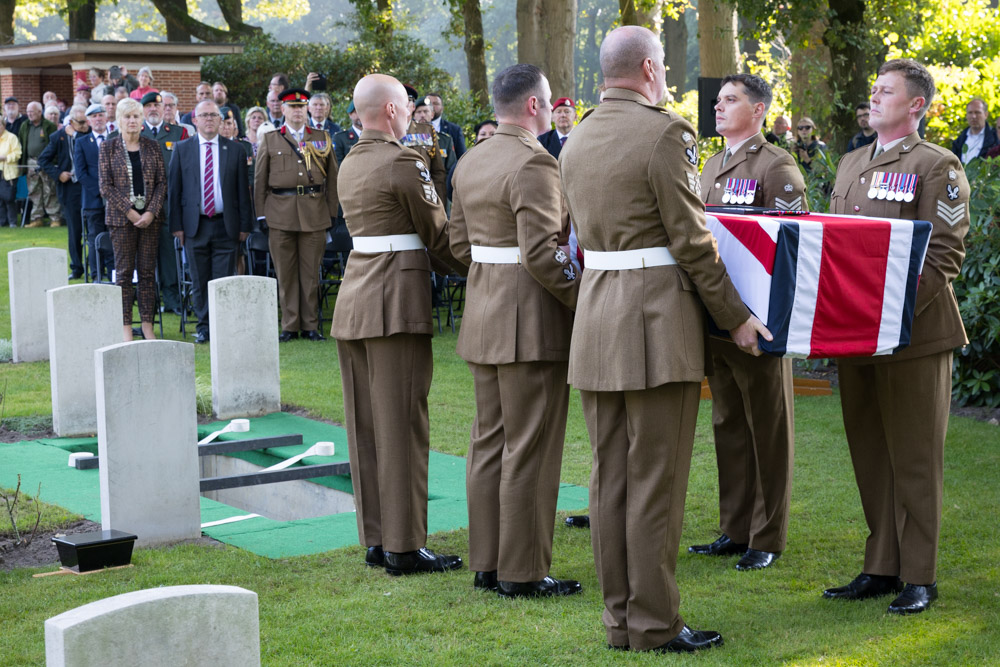
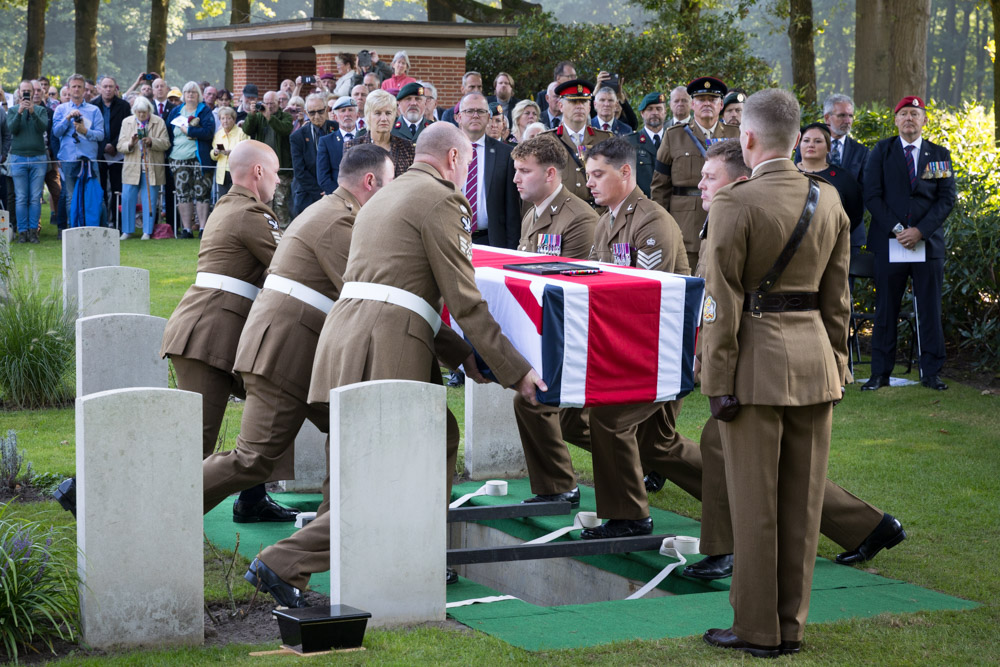
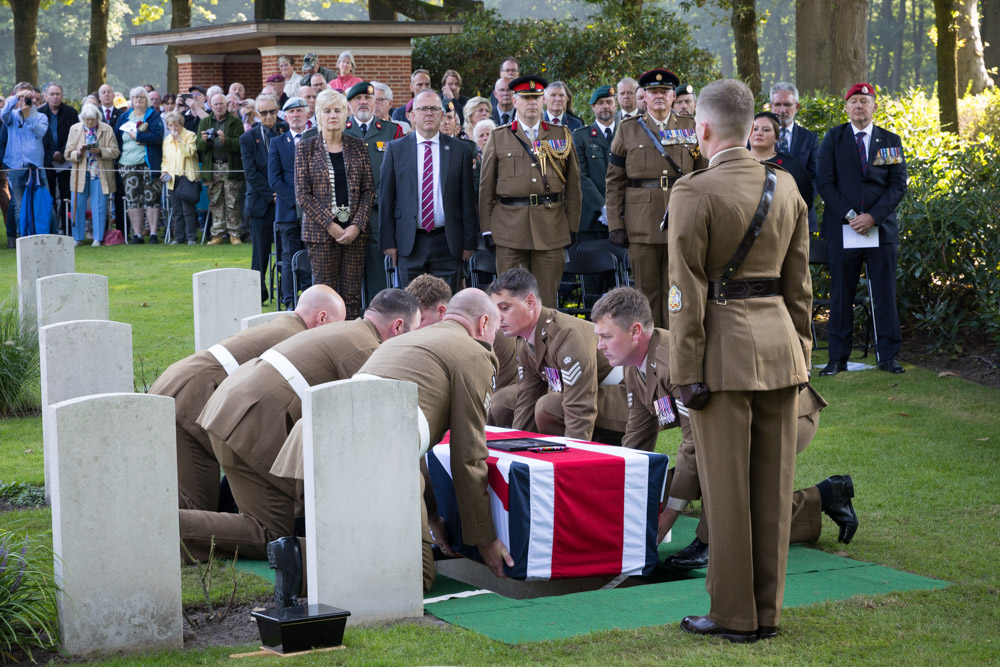
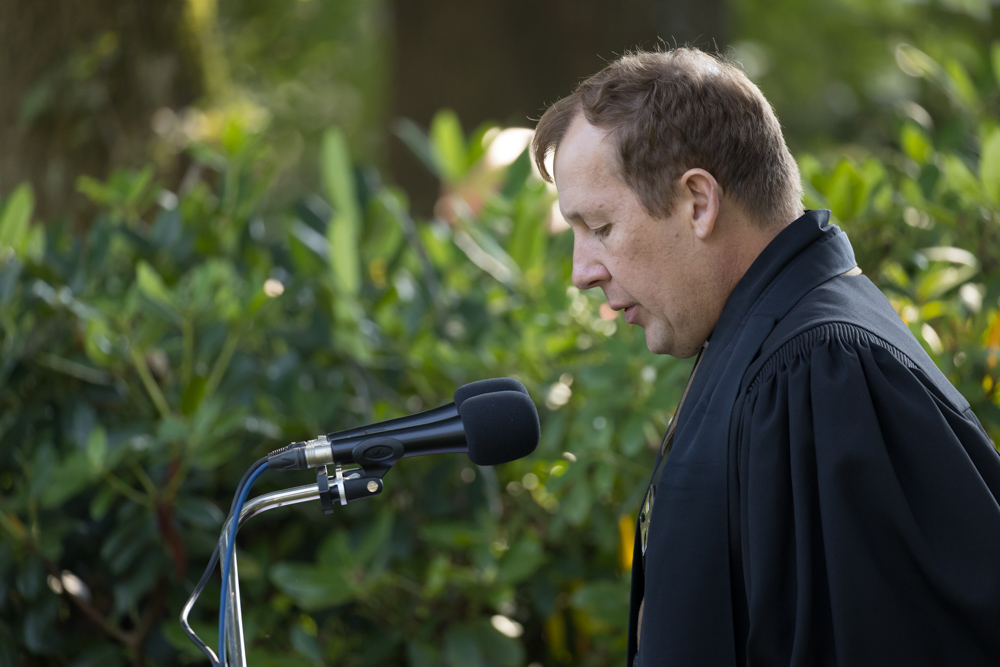
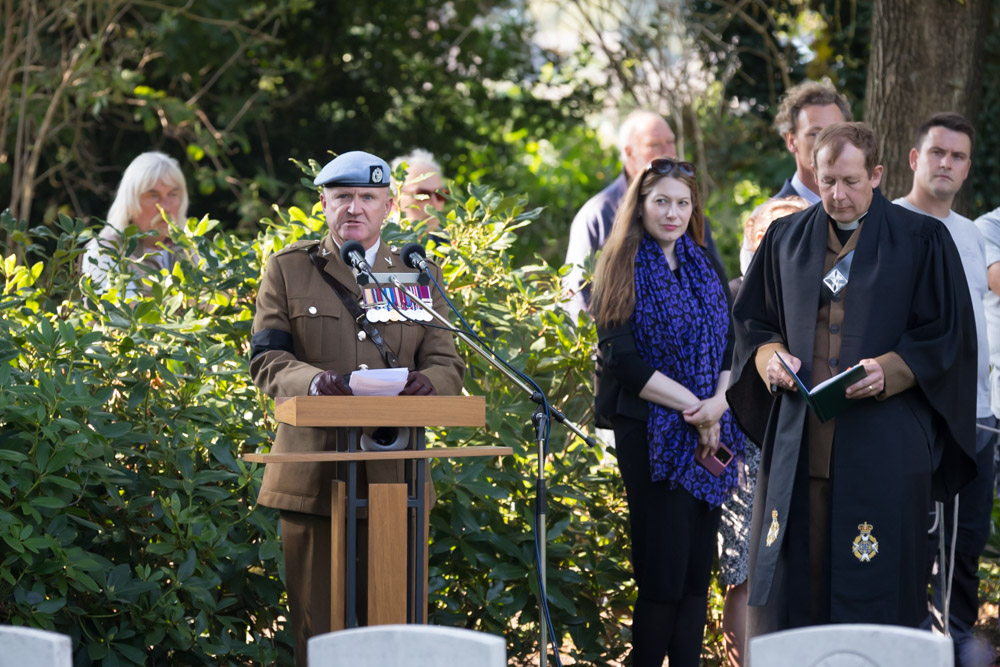
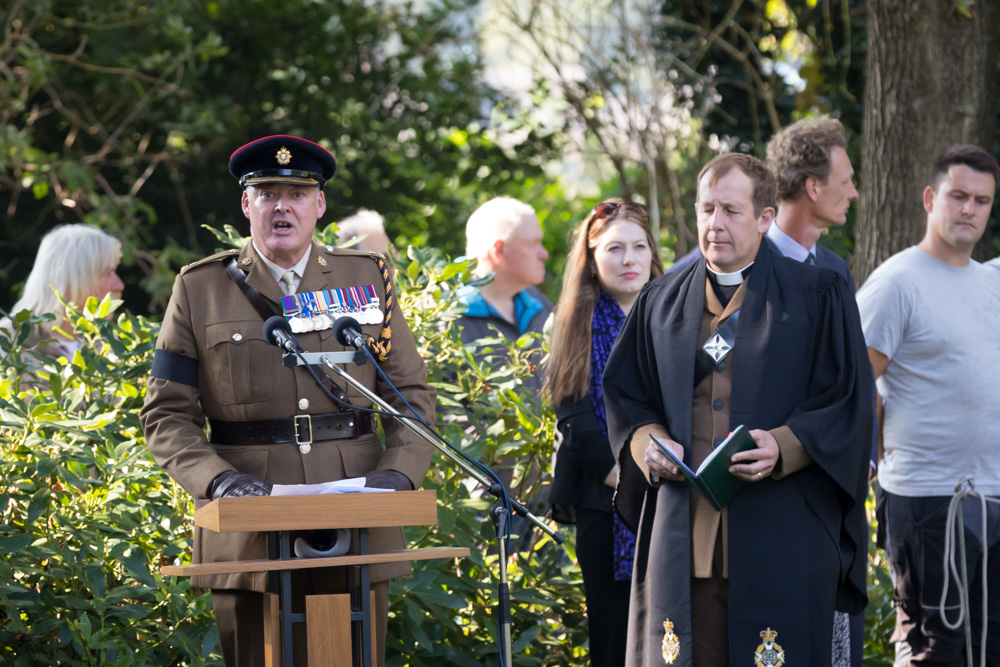
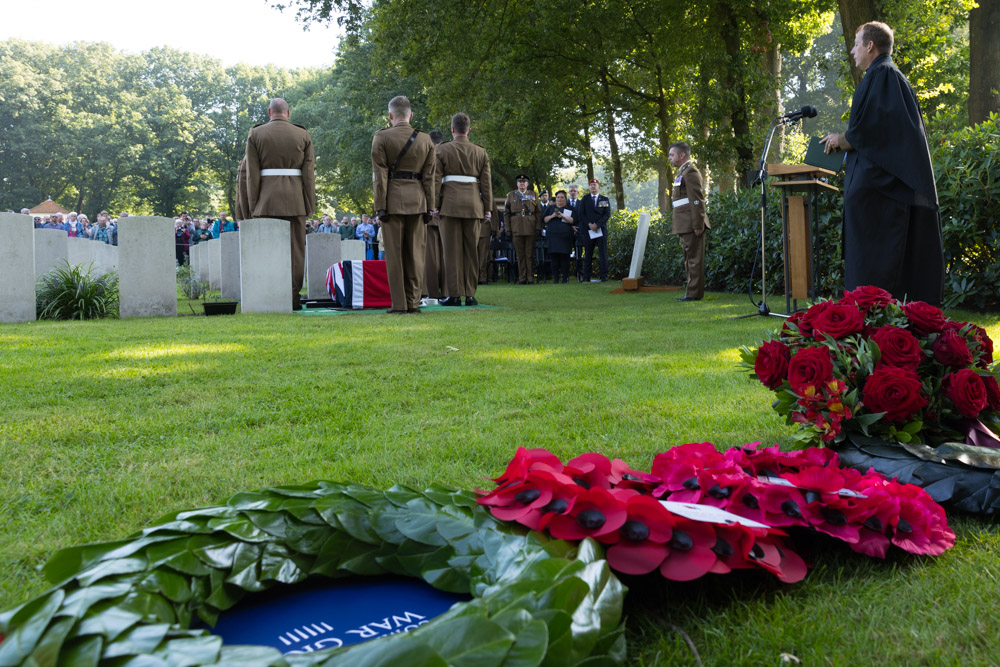
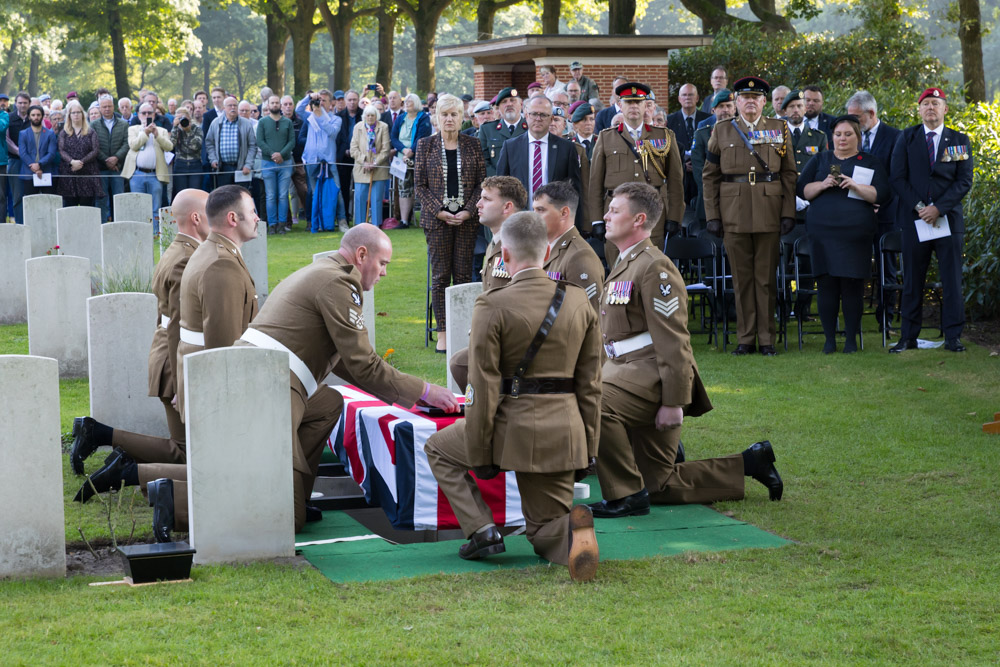
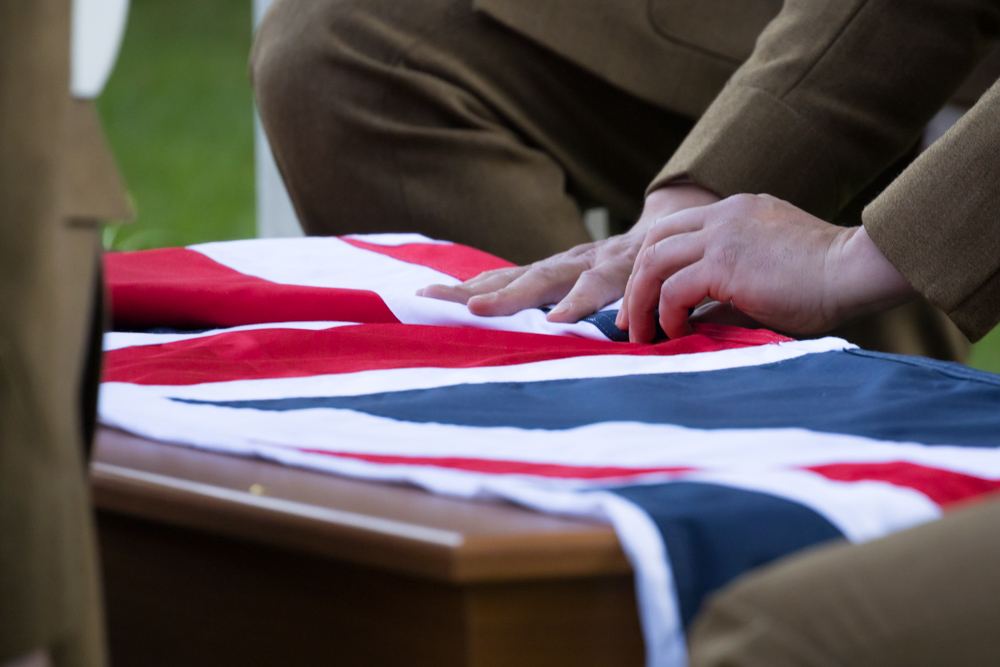
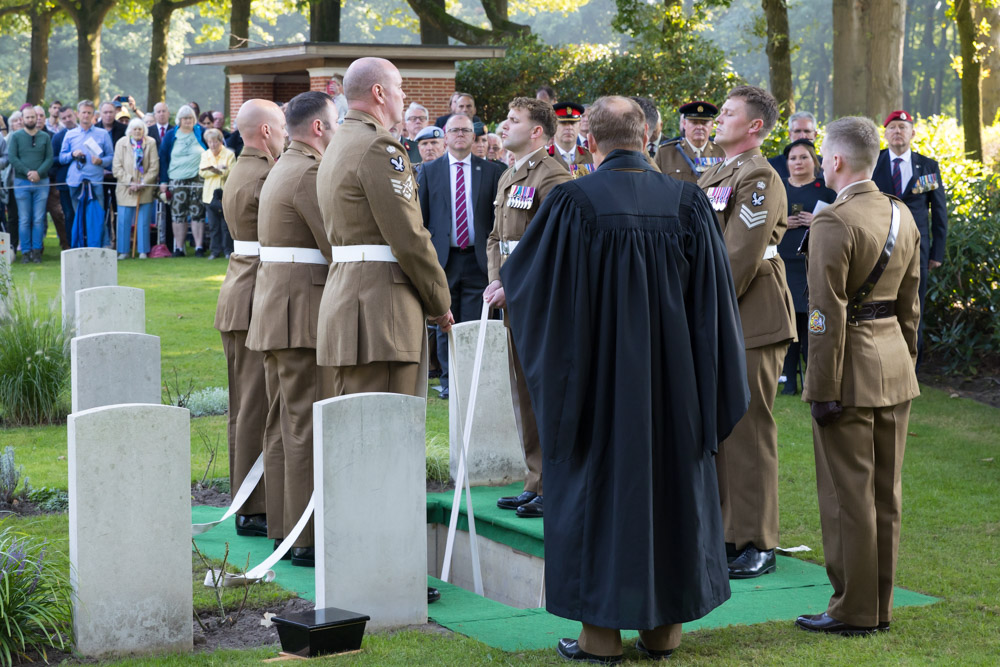
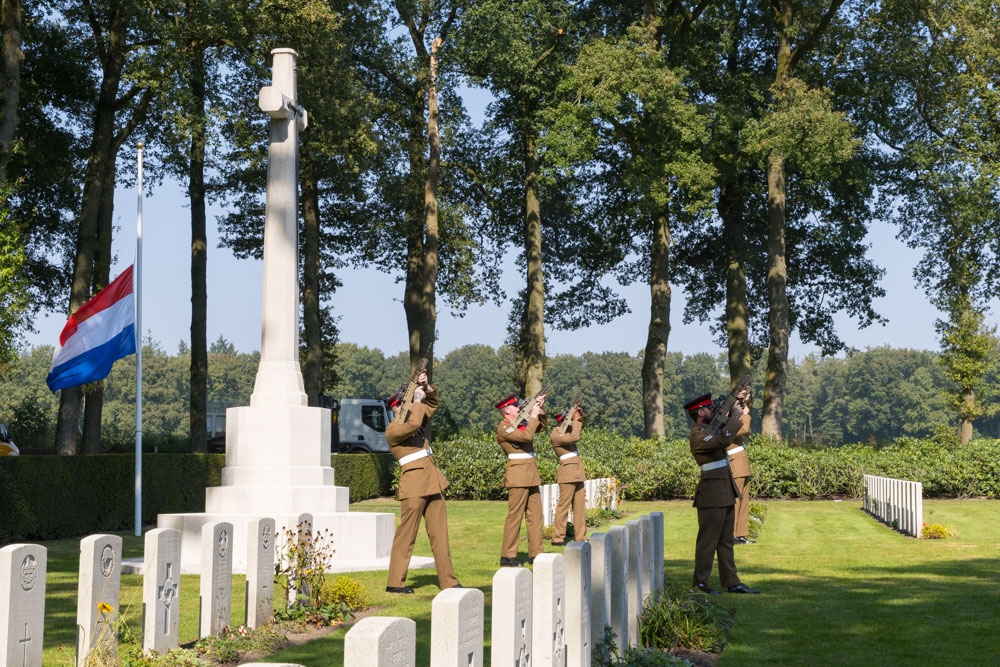
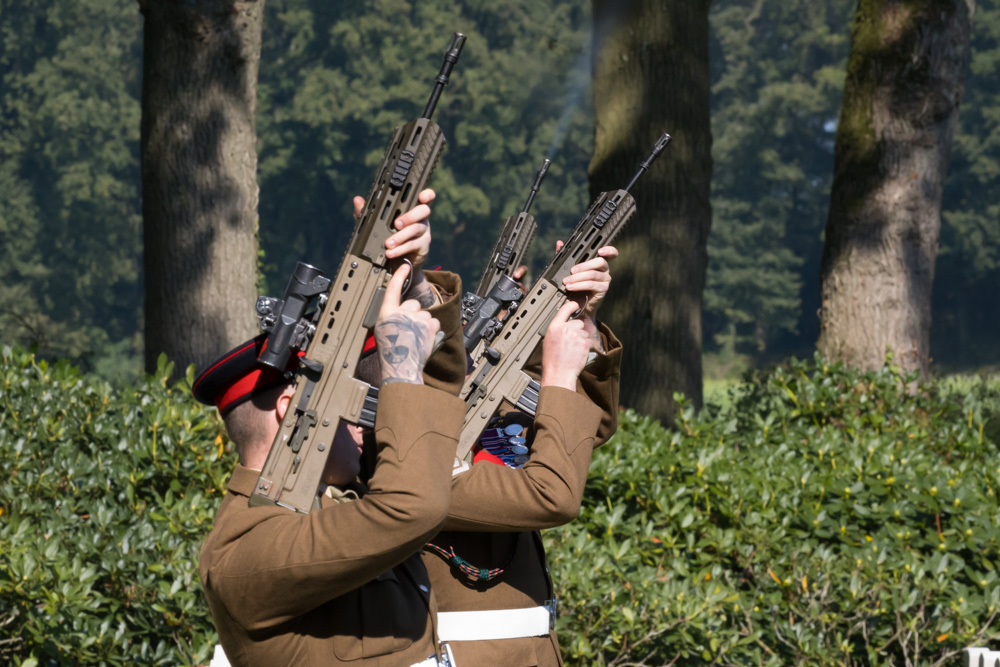
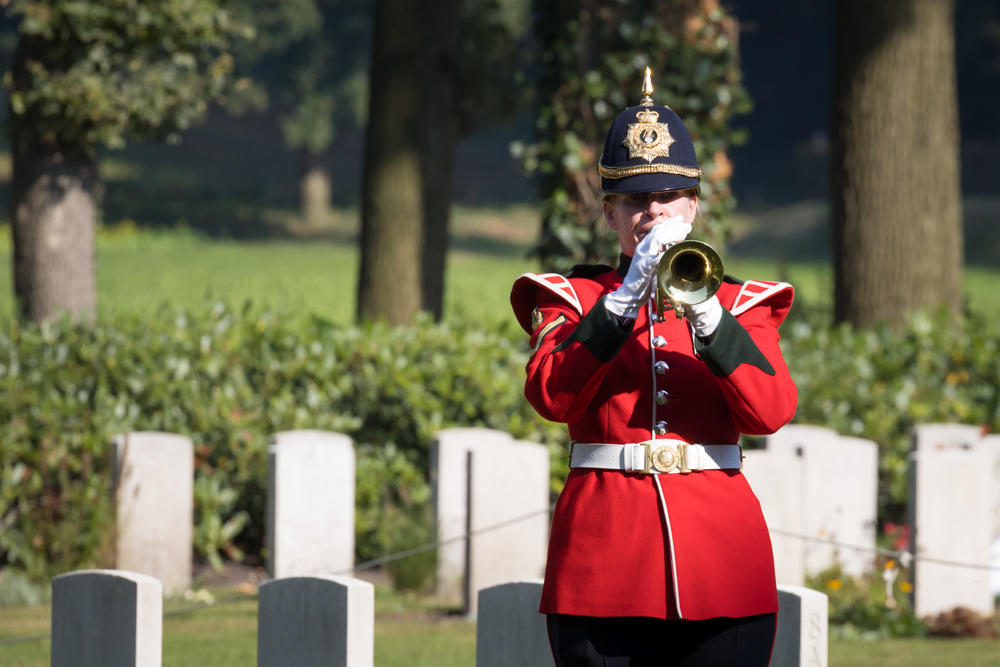
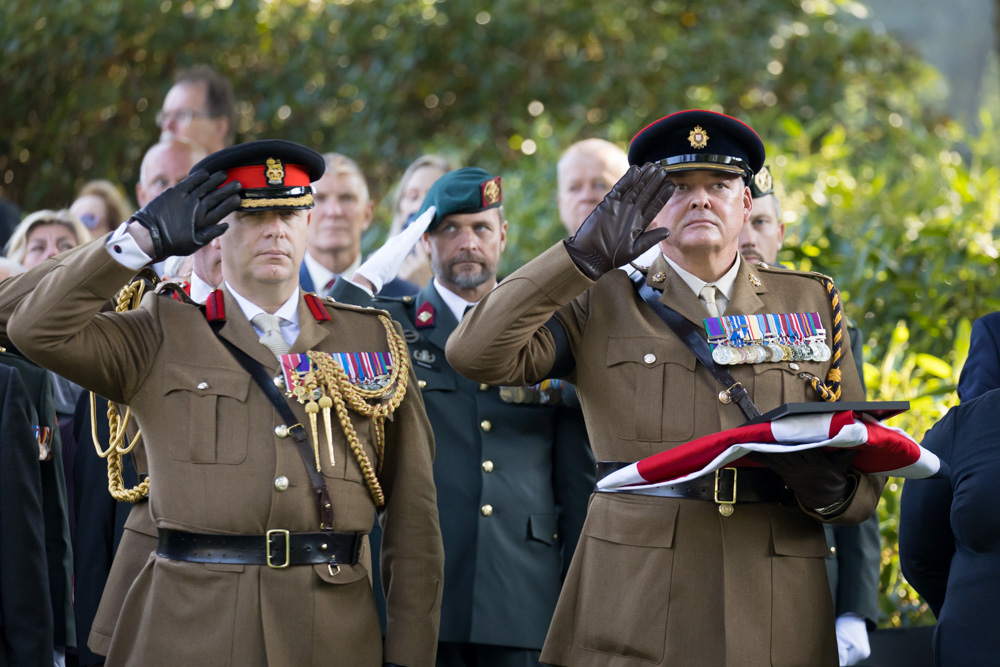
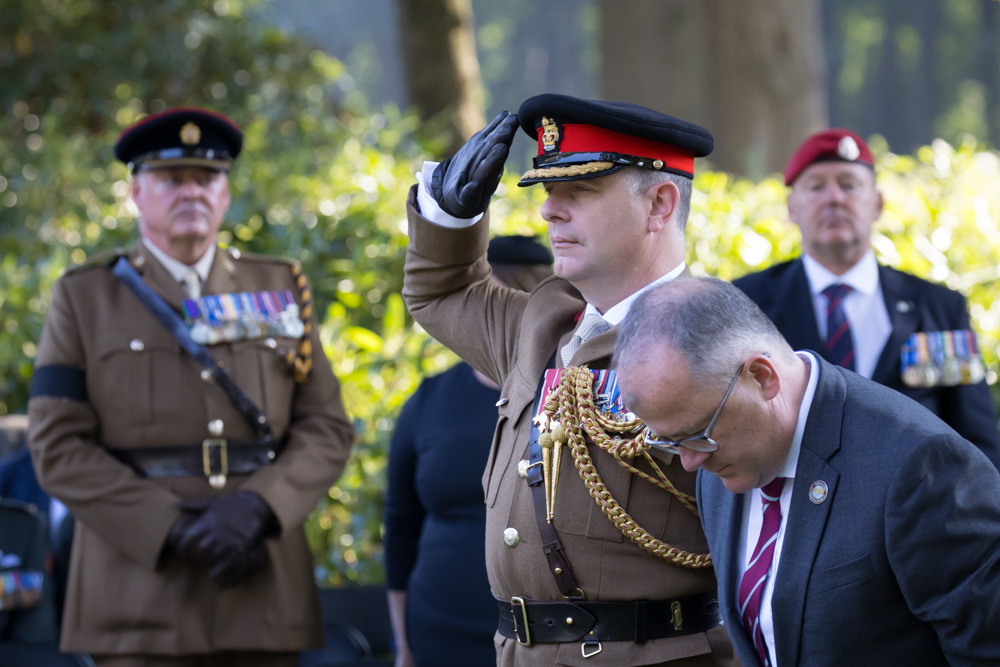
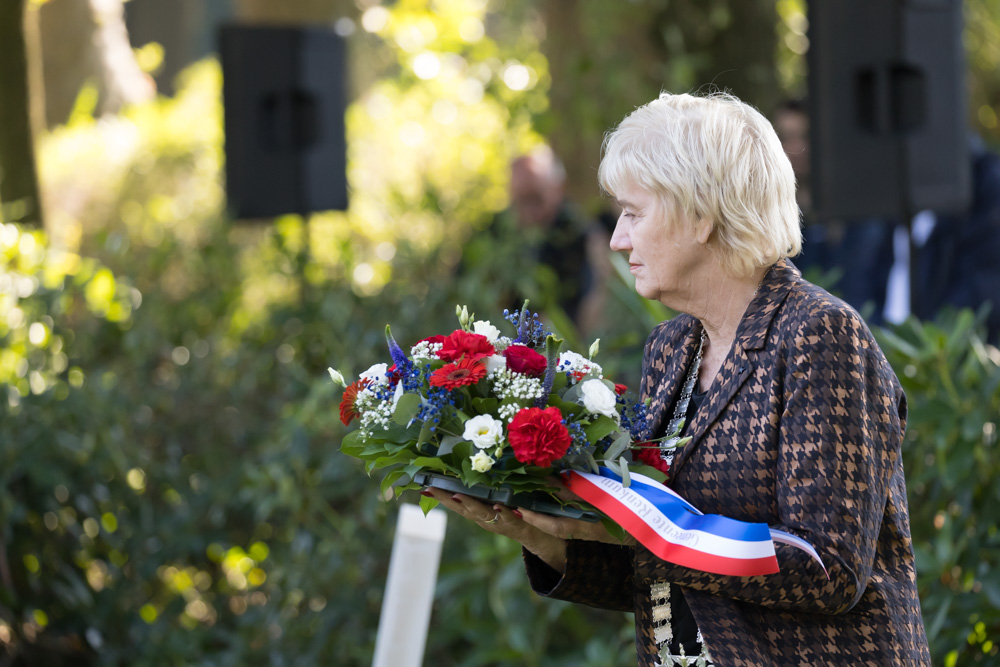
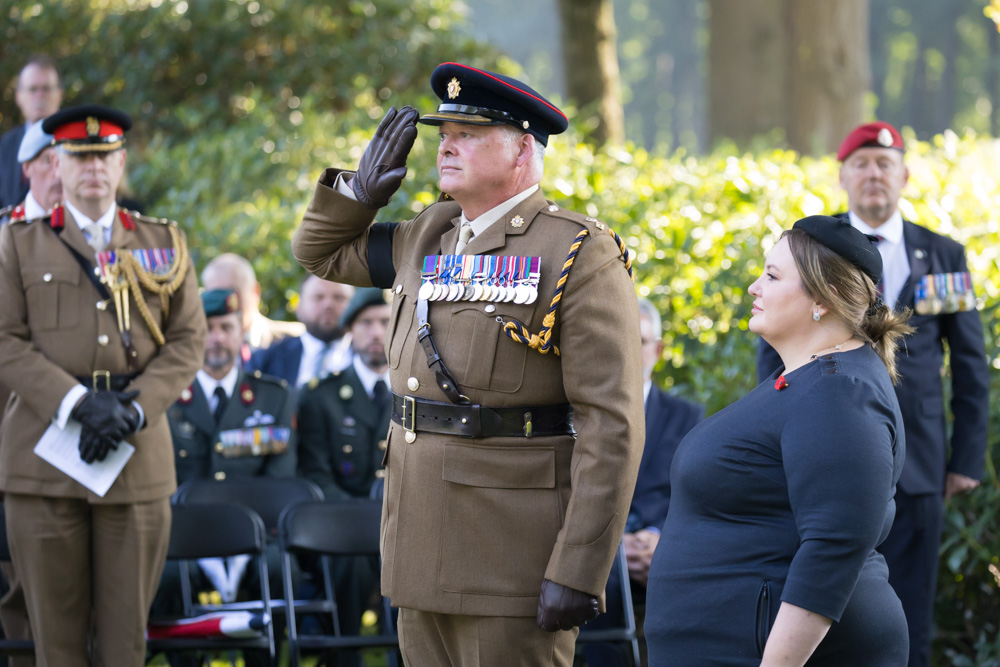
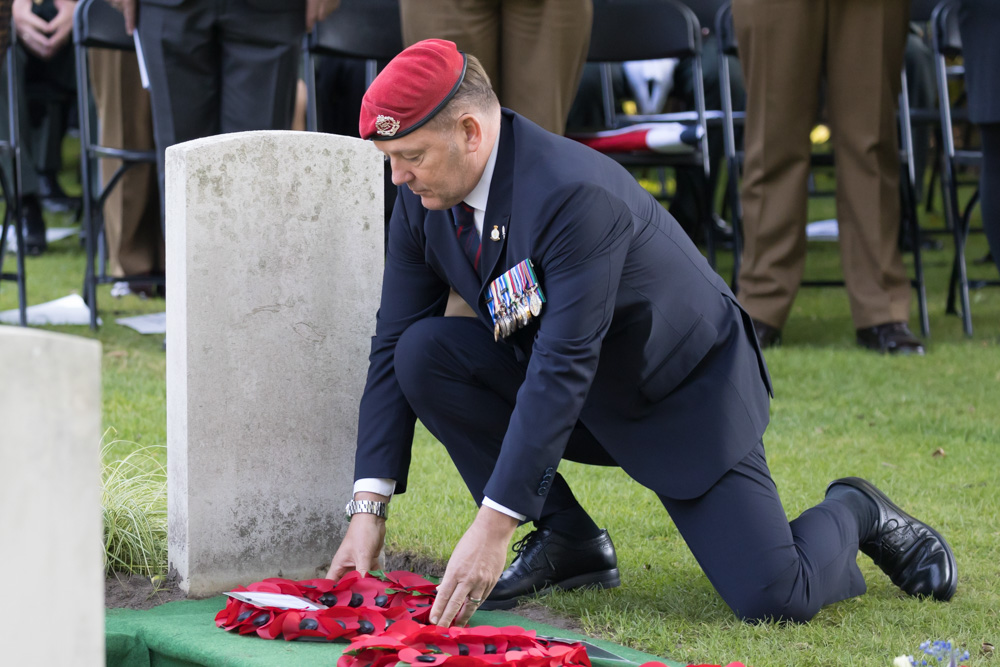
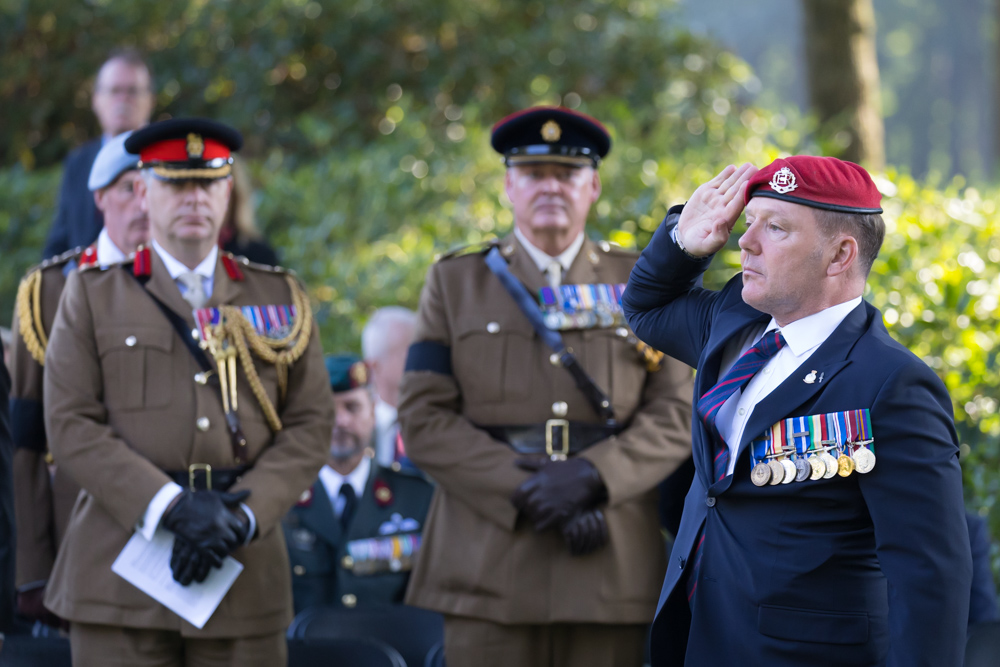
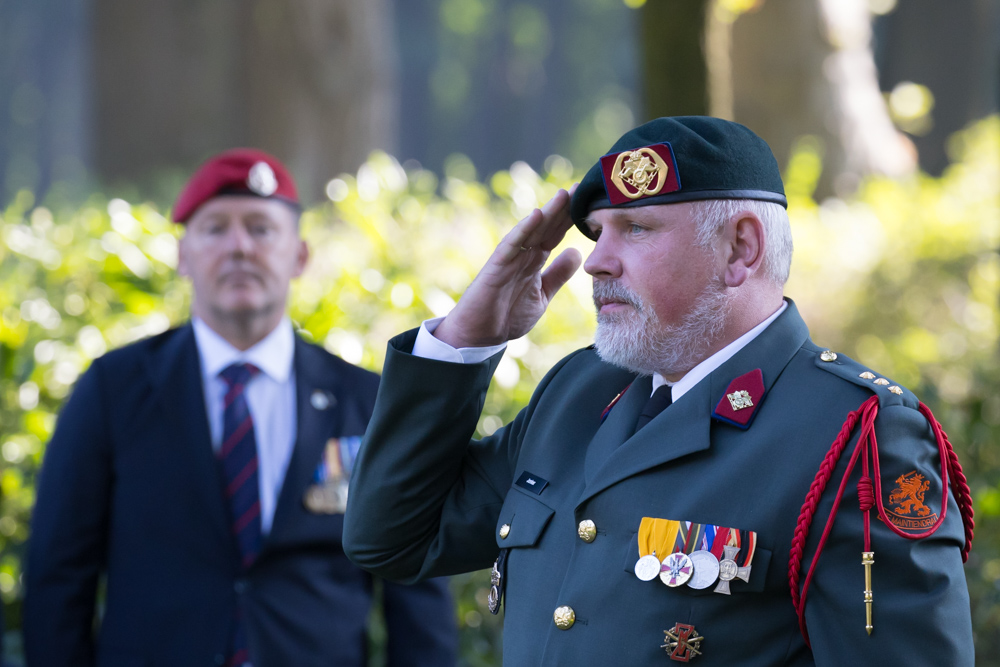
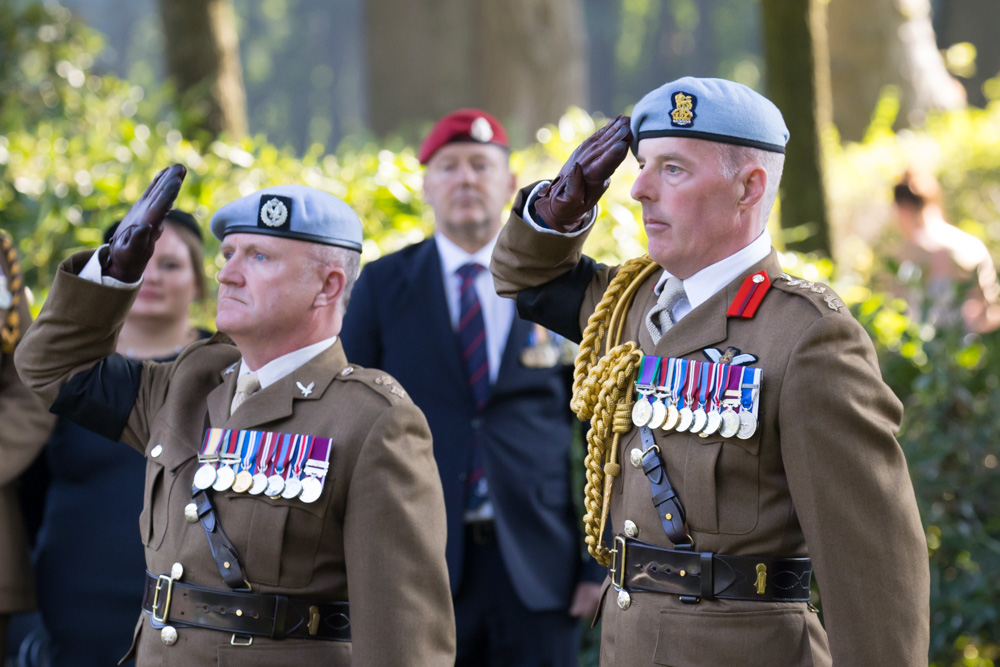
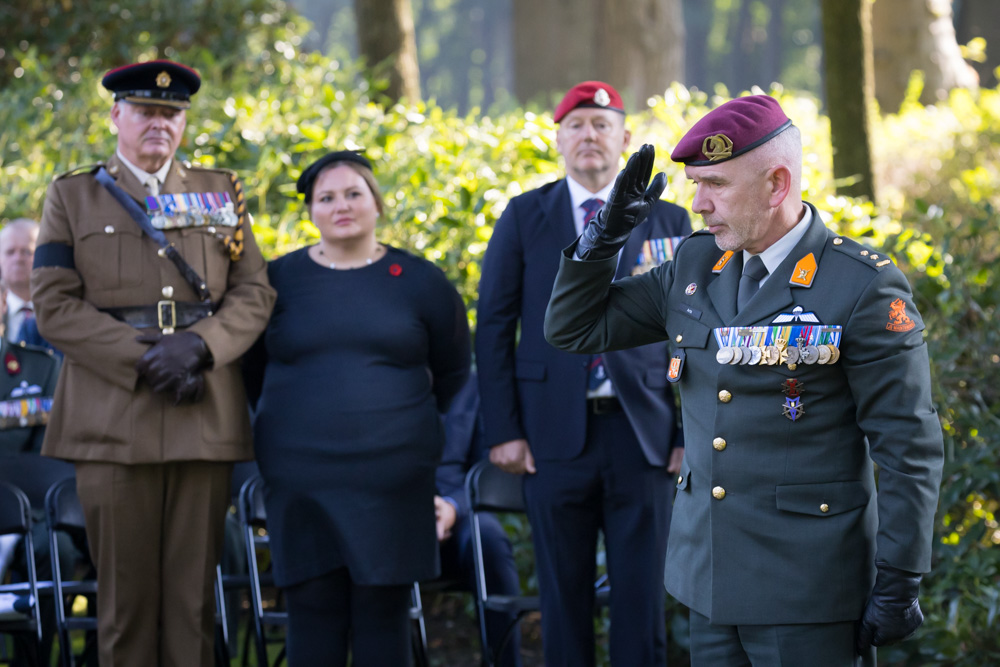
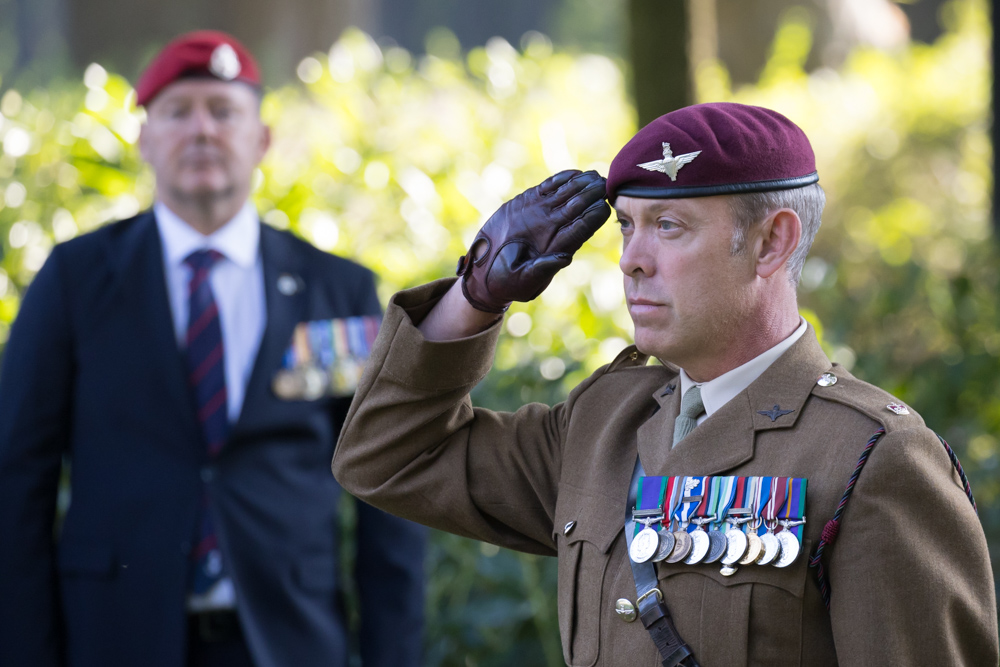
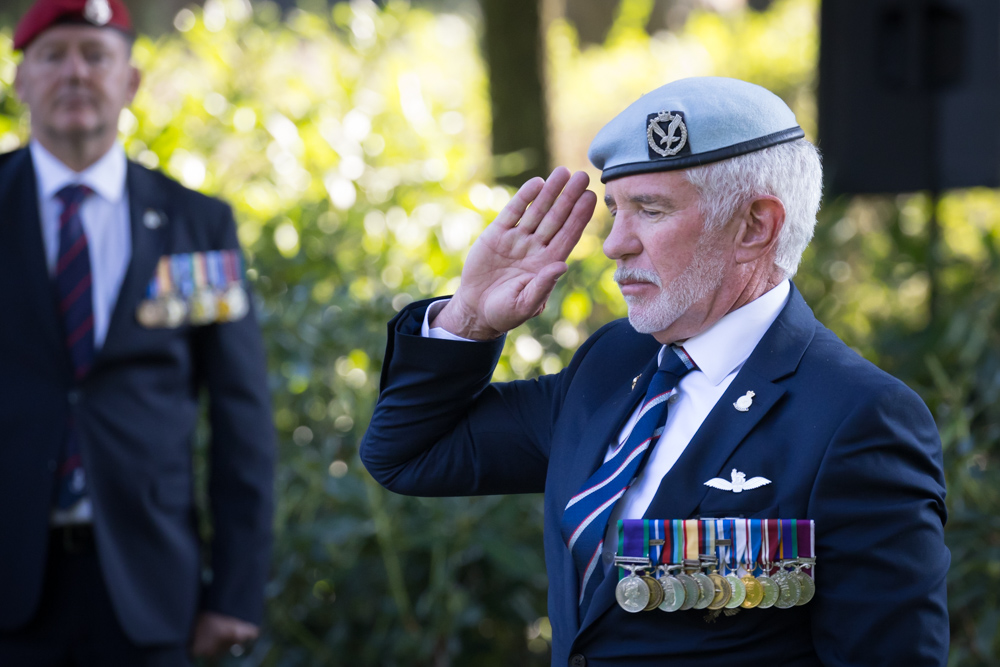
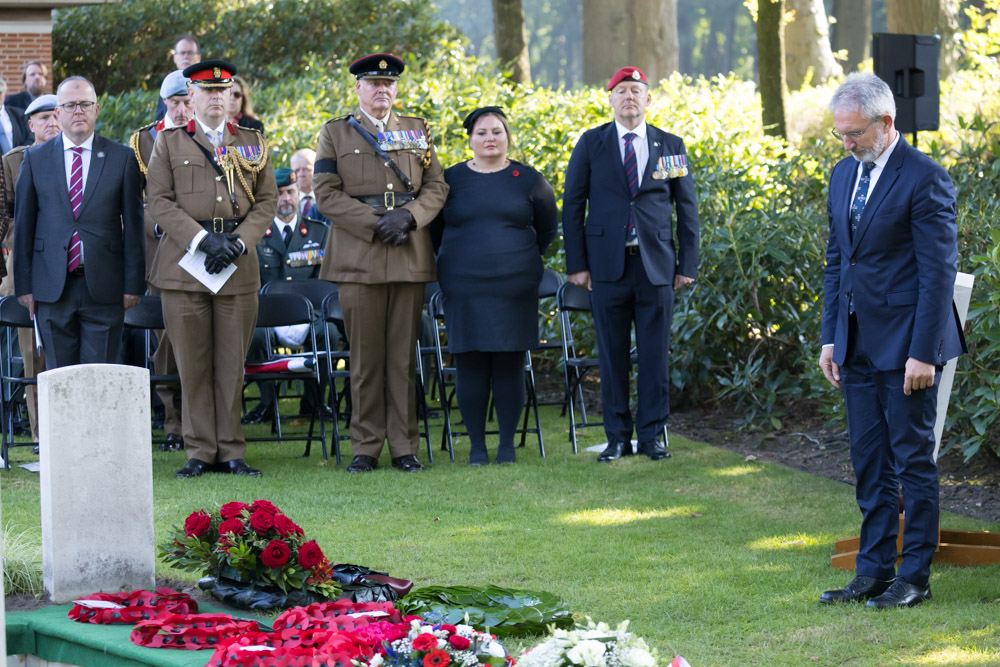
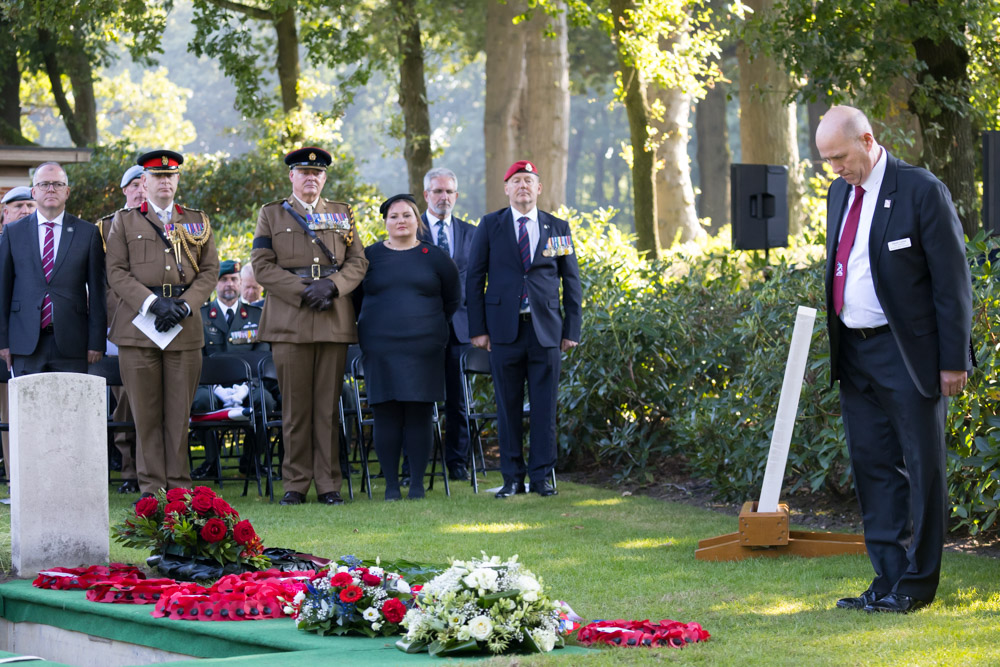
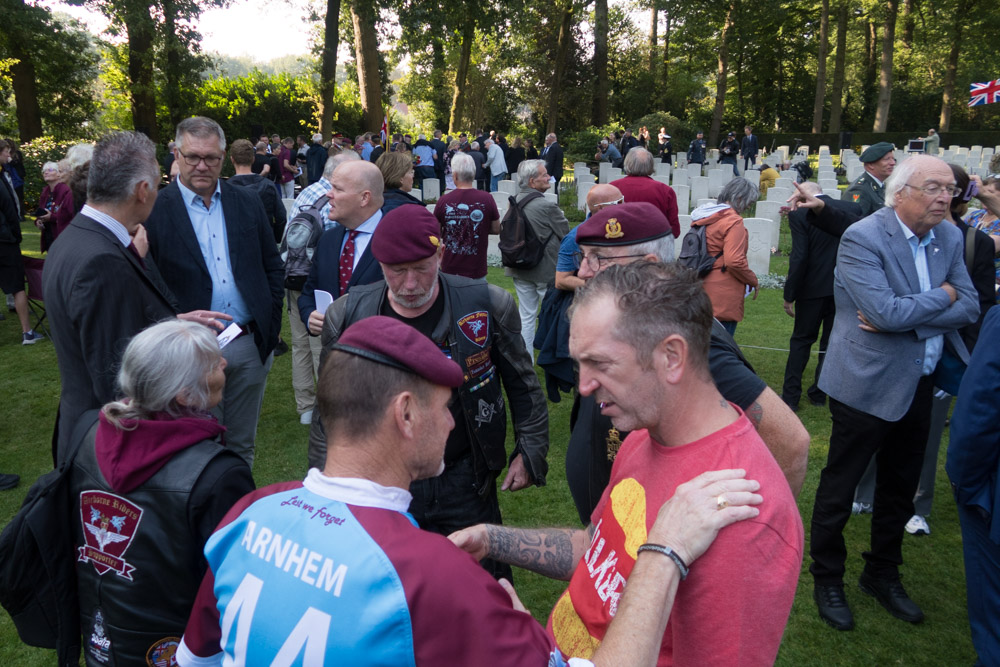
Used source(s)
- Source: TracesOfWar Arjan en Liesbeth Vrieze
- Published on: 18-09-2024 04:25:26
Latest news
- 12-04: Understanding the German side of the fighting in Normandy
- 03-03: A WWII helmet returns home 80 years after having been lost at Remagen Bridge, Germany
- 16-02: Armin T. Wegner and his letter to Hitler
- 14-02: The hugely popular ‘Standing with Giants’ installation returns to the British Normandy Memorial
- 27-01: Russia focuses on Soviet victims of WW2 as officials not invited to Auschwitz ceremony
- 27-01: Oswald Kaduk, ‘Papa Kaduk’ or a monster??
- 12-'24: Christmas and New Year message from our volunteers
- 11-'24: New book: Righteous Behind Barbed Wire
- 11-'24: Postal artifacts provide a vibrant testament to the experiences of the Dutch people during WWII
- 10-'24: DigitalBattlefieldTours unlocks military tactics to a wide audience


